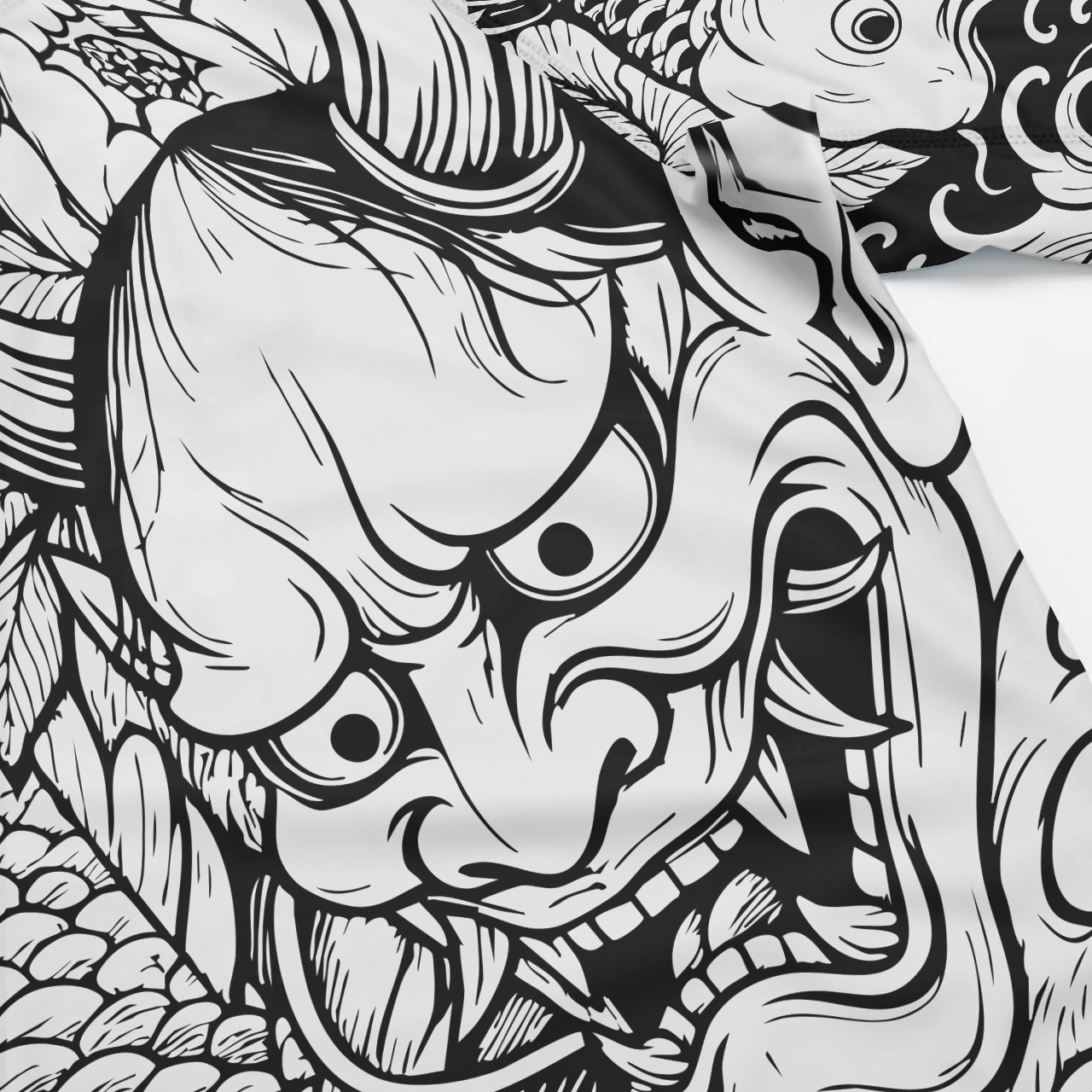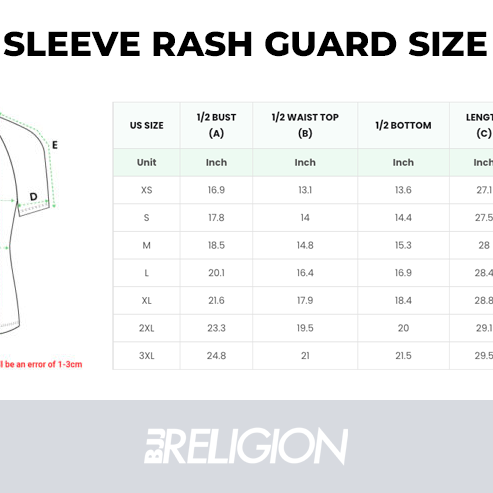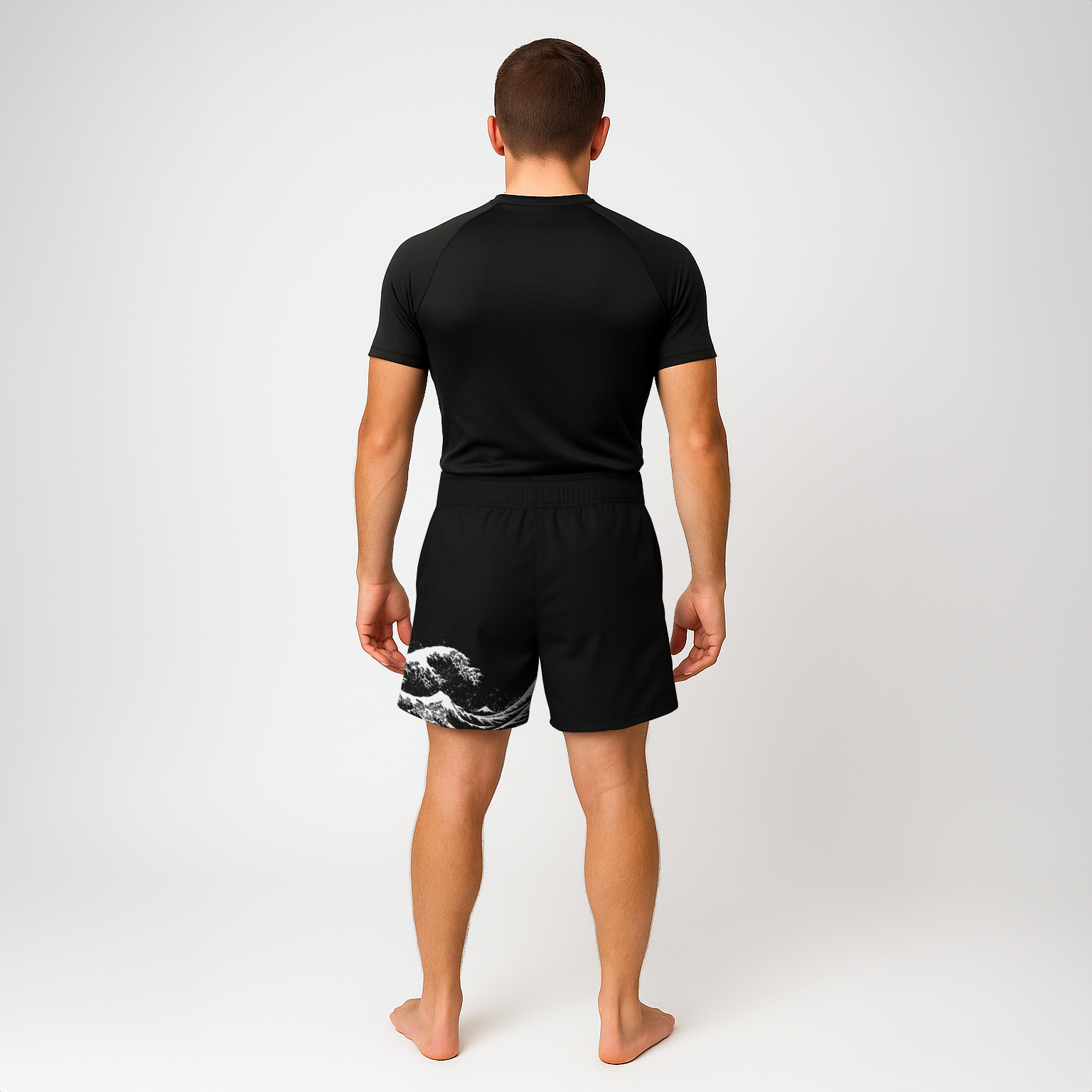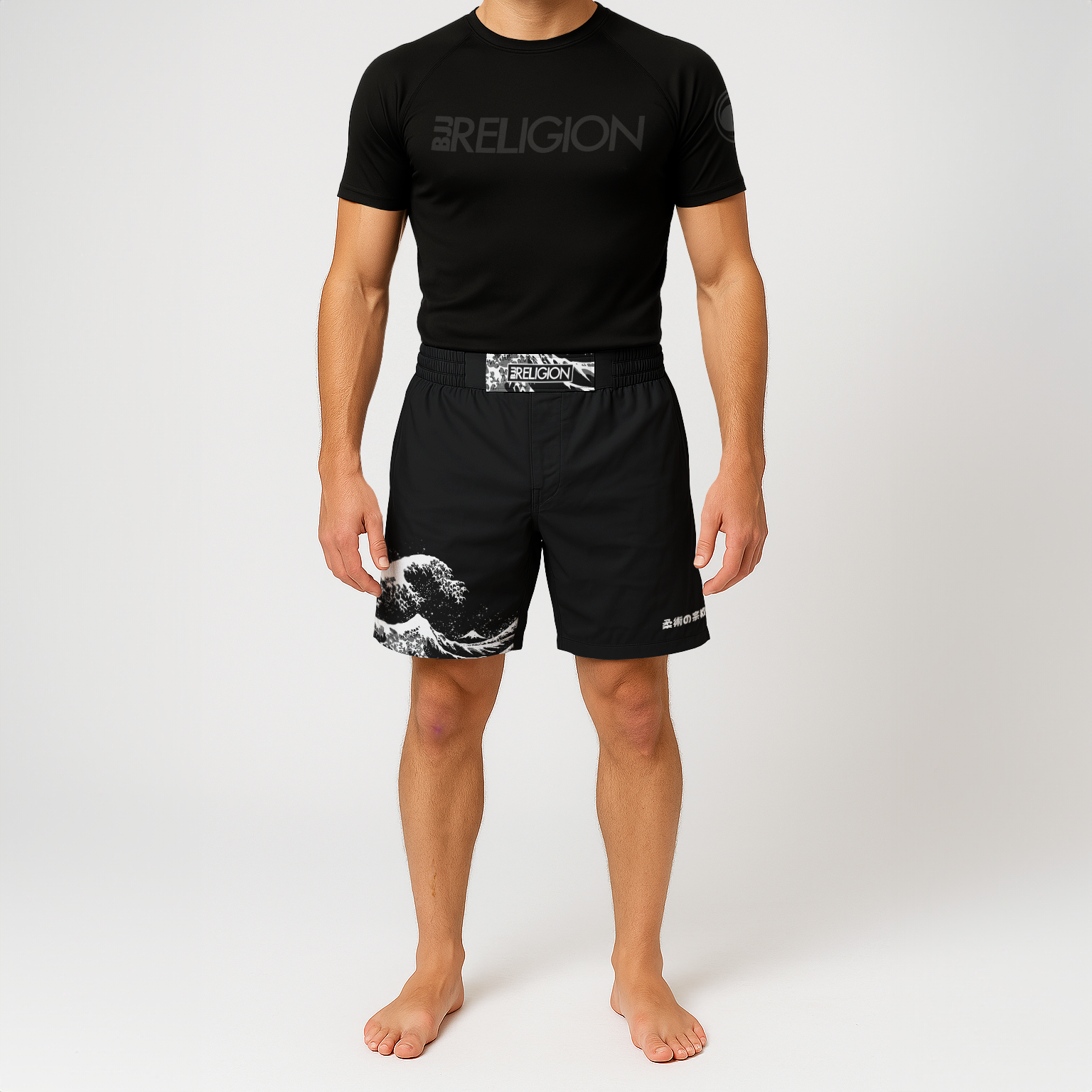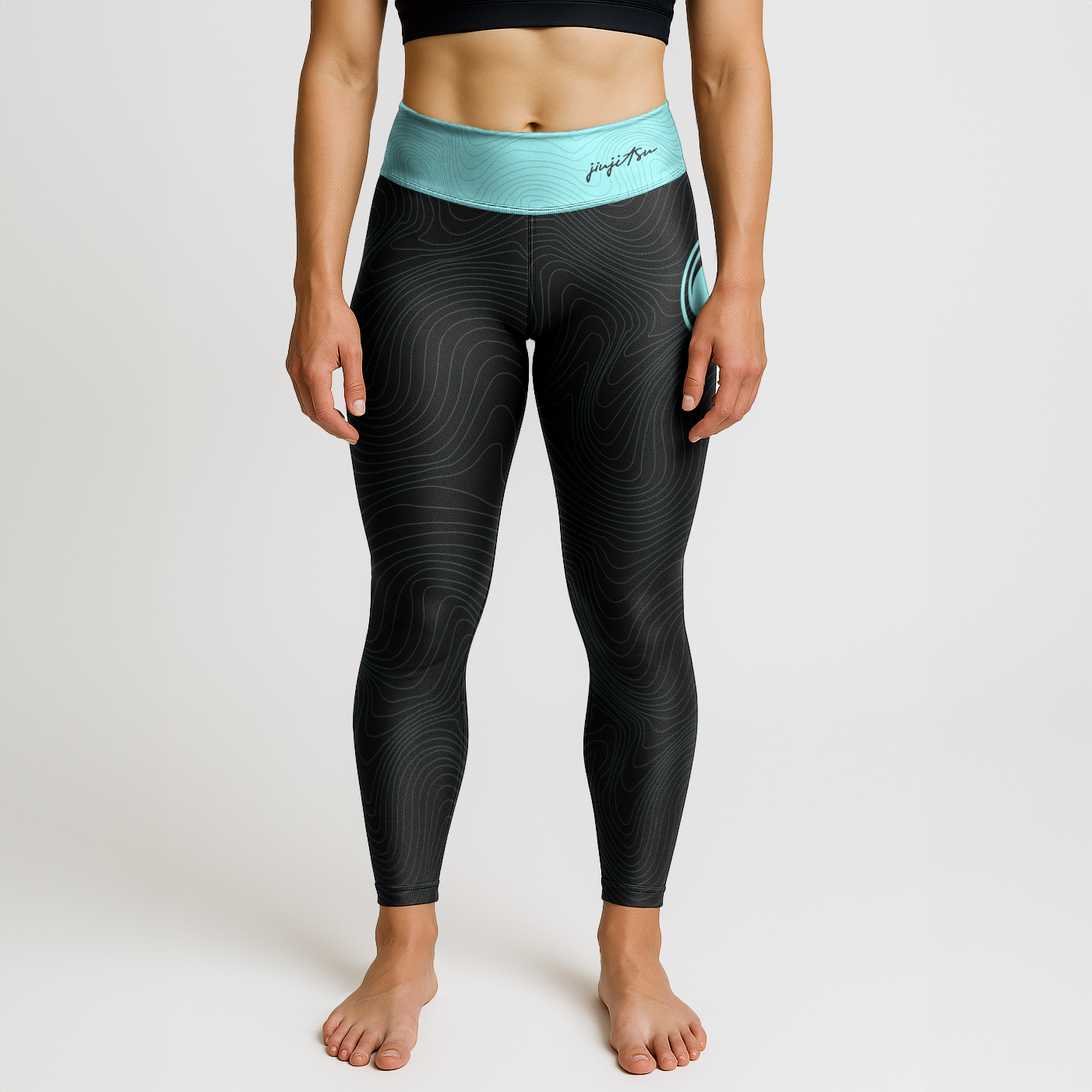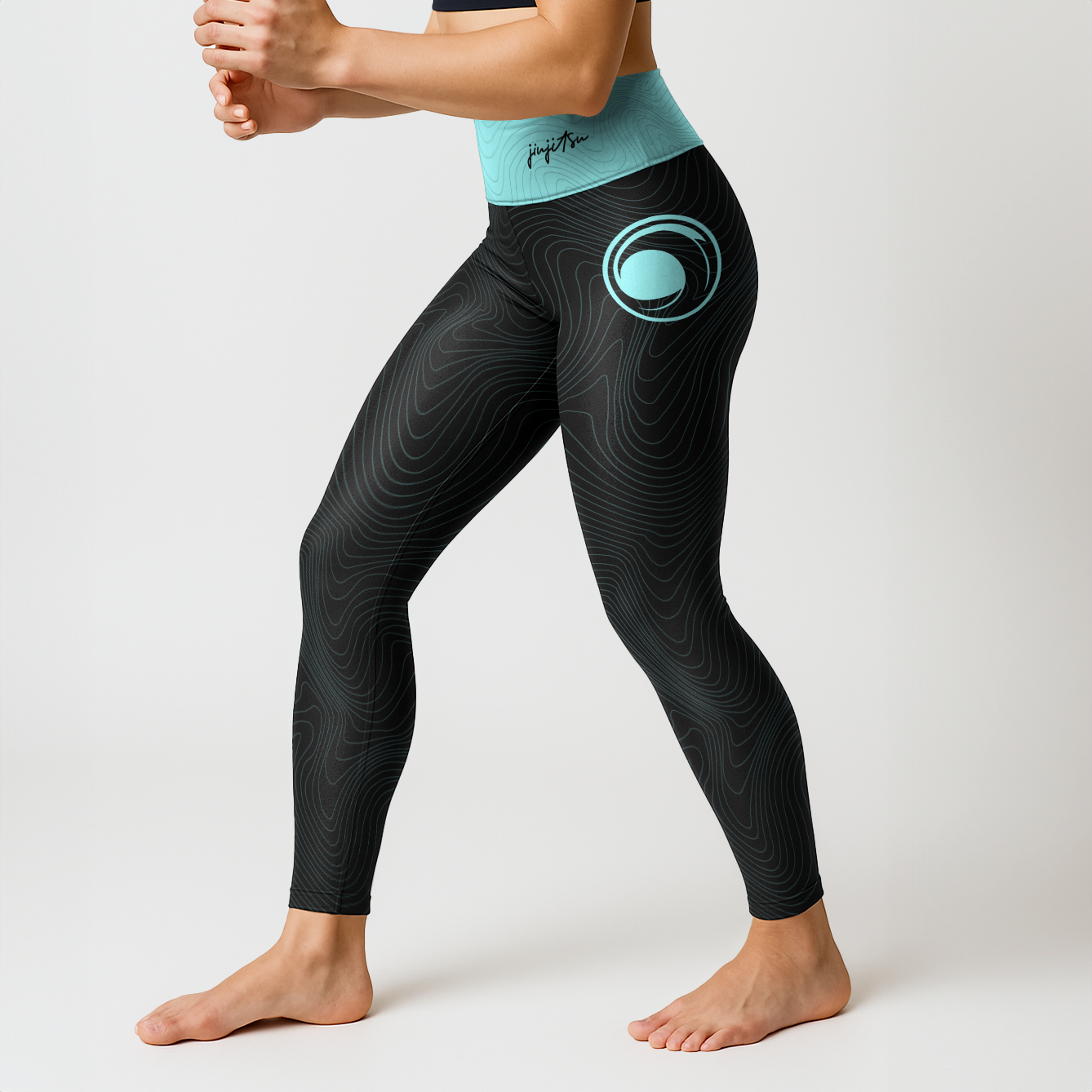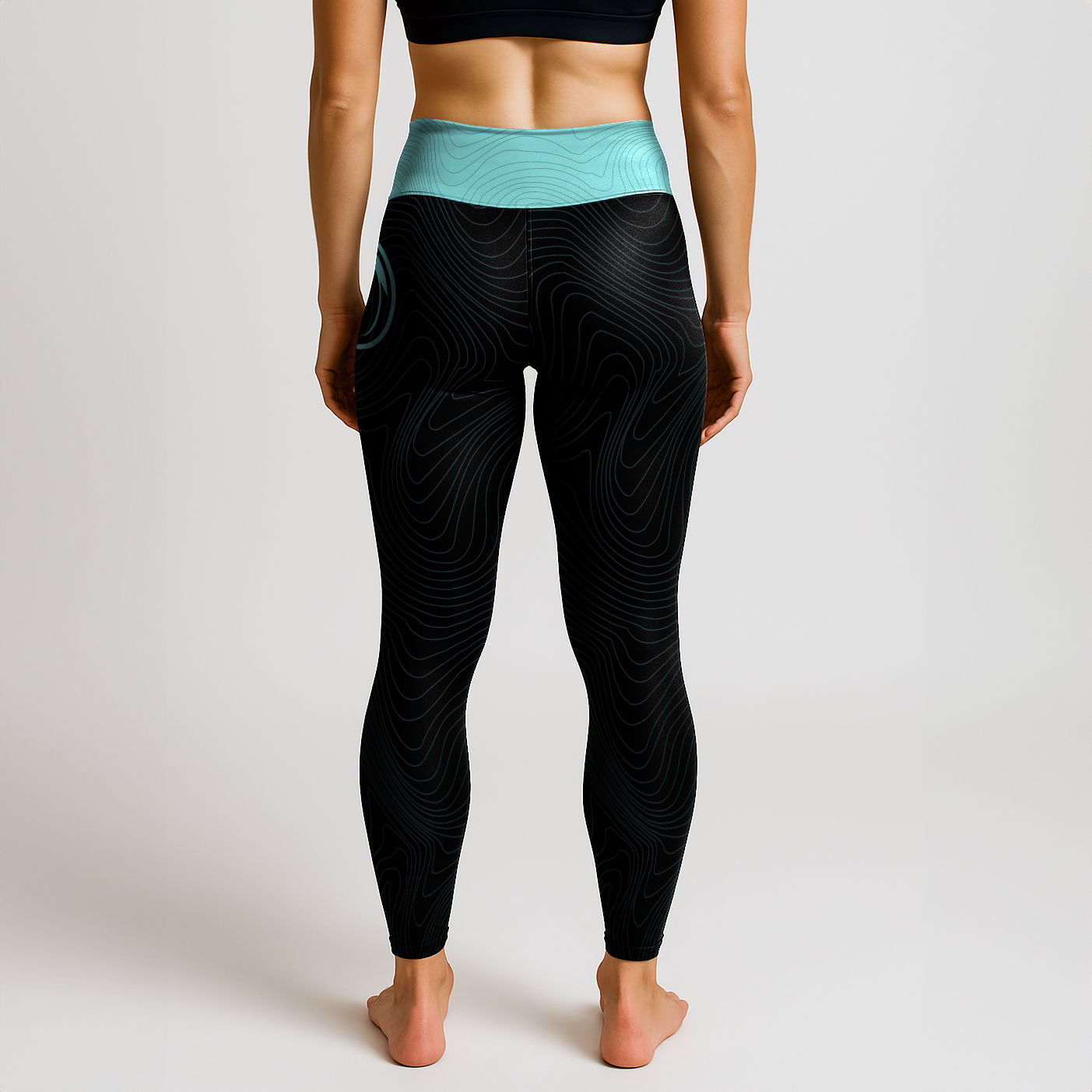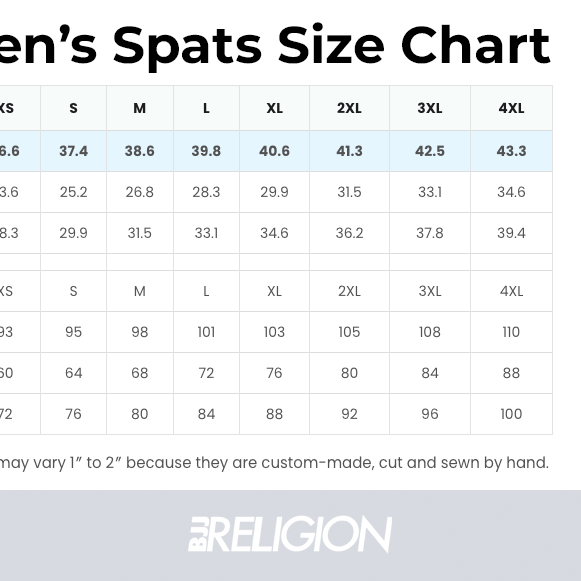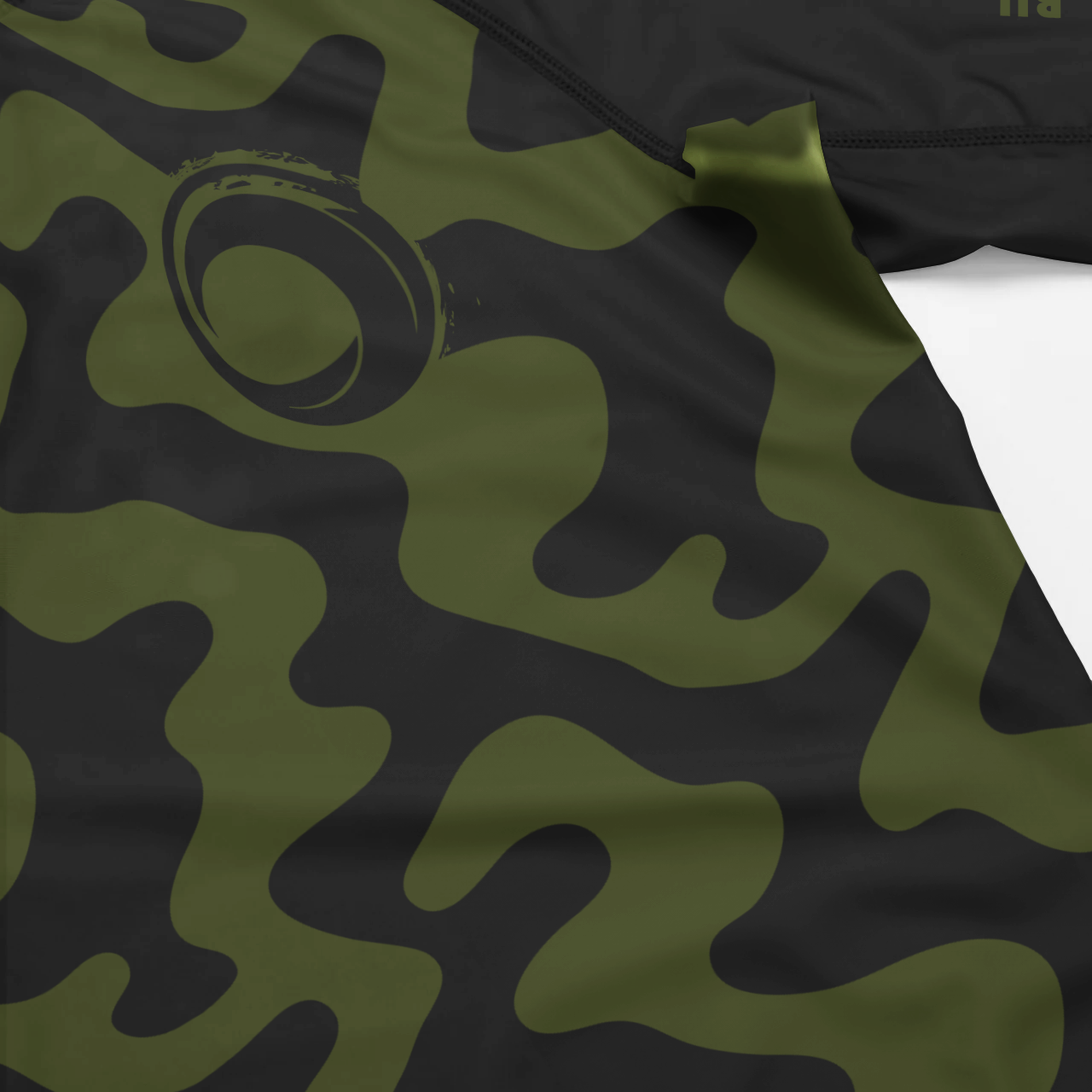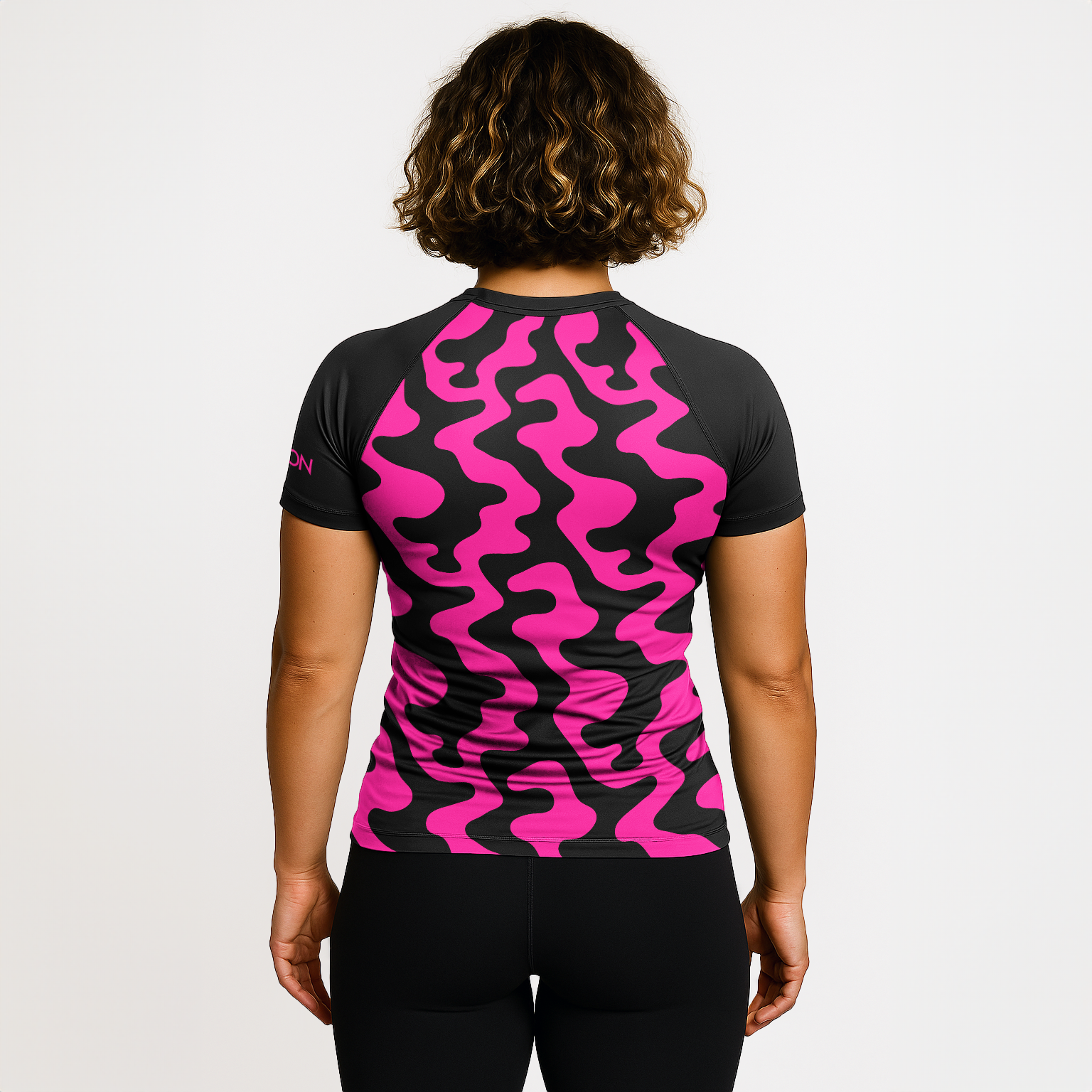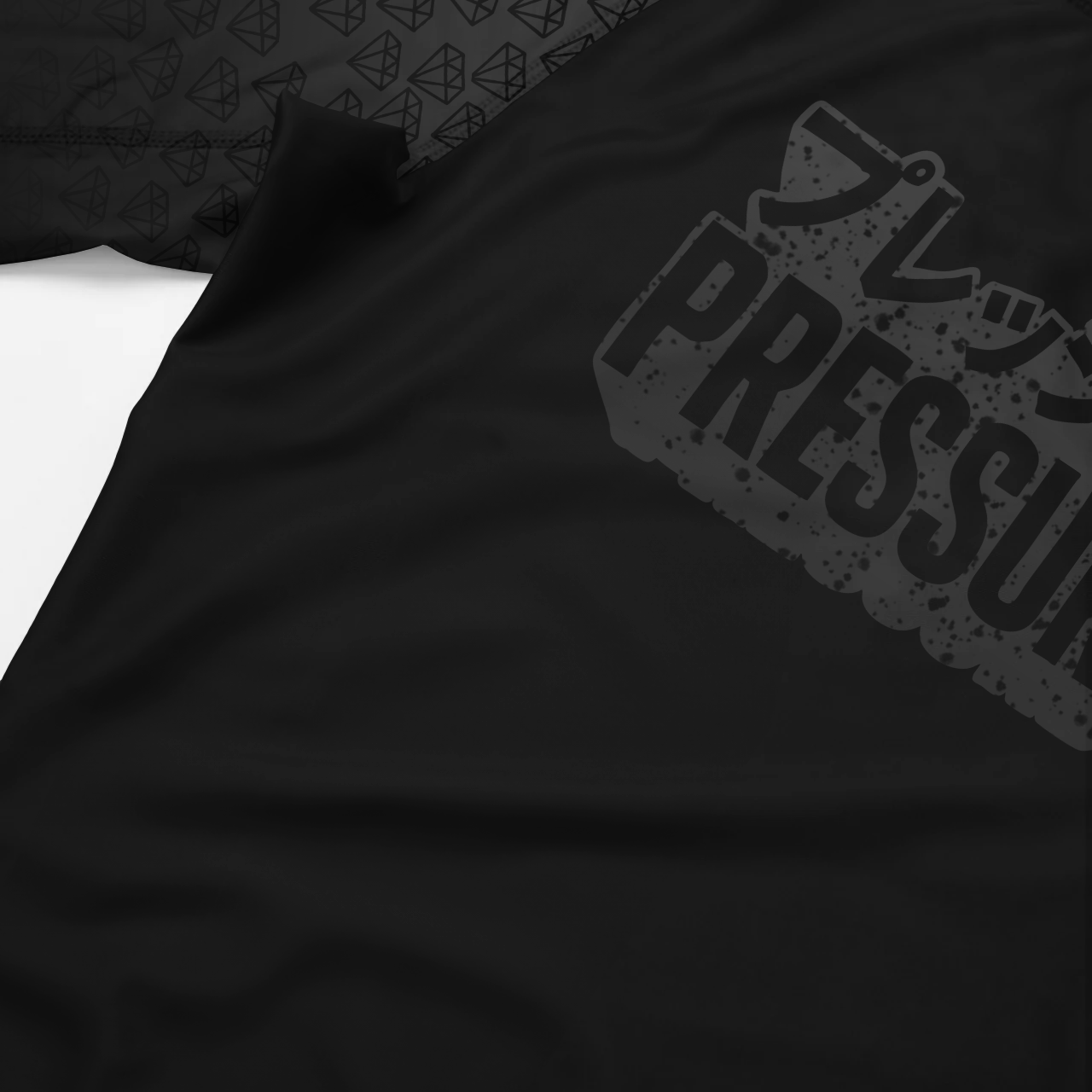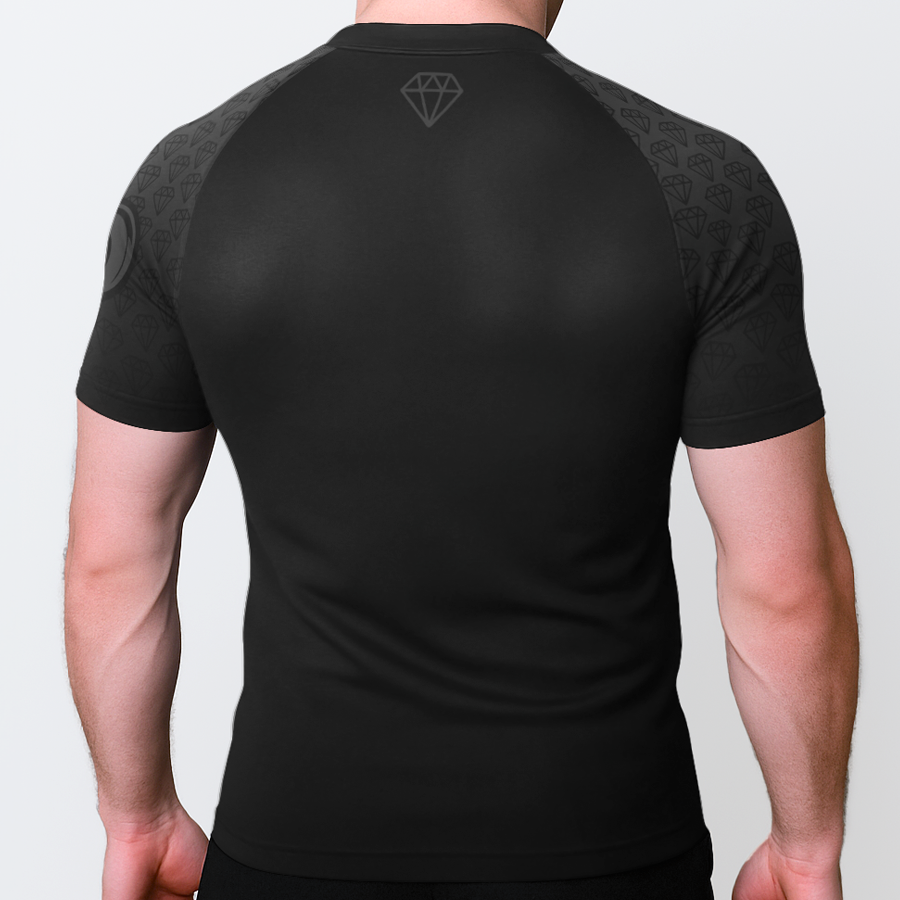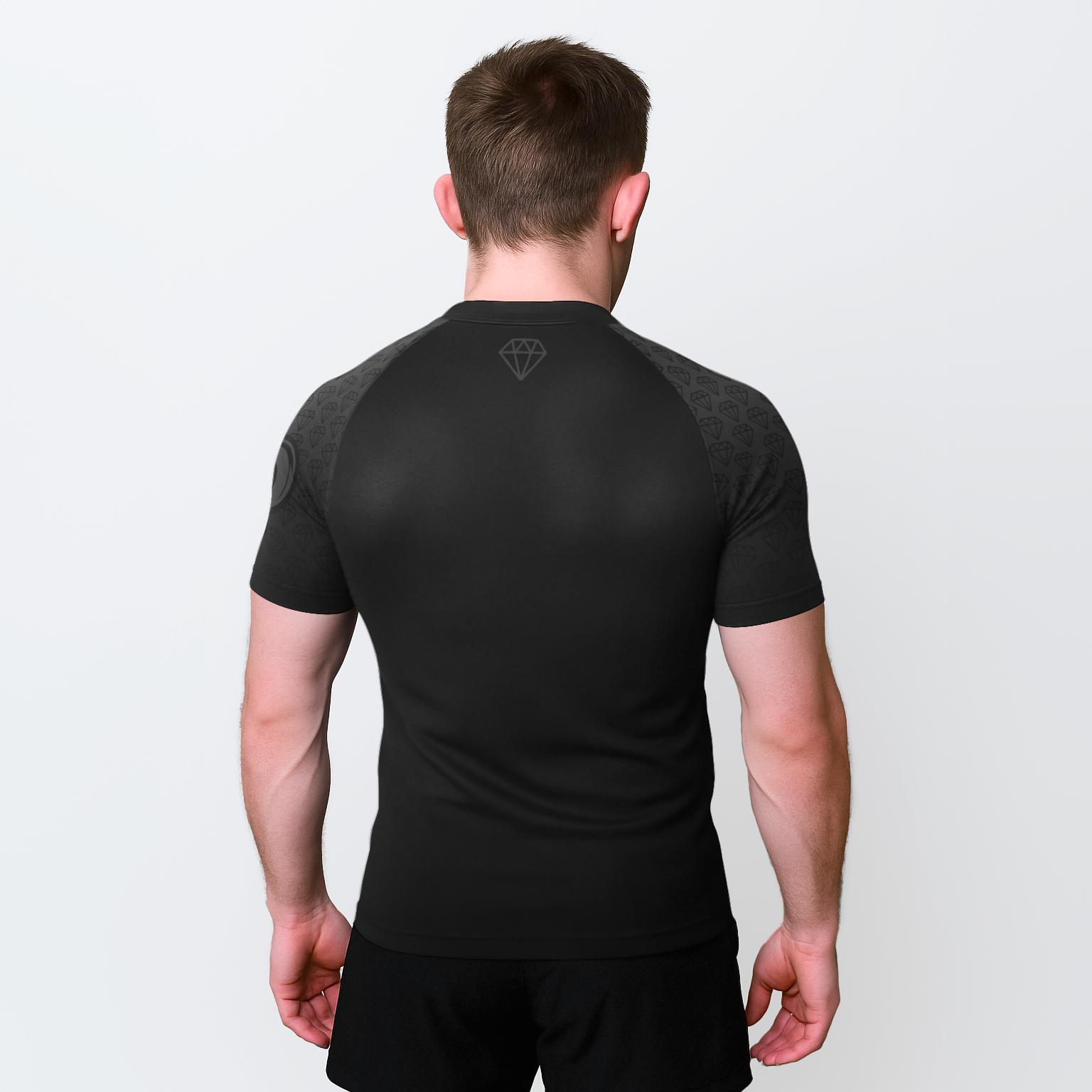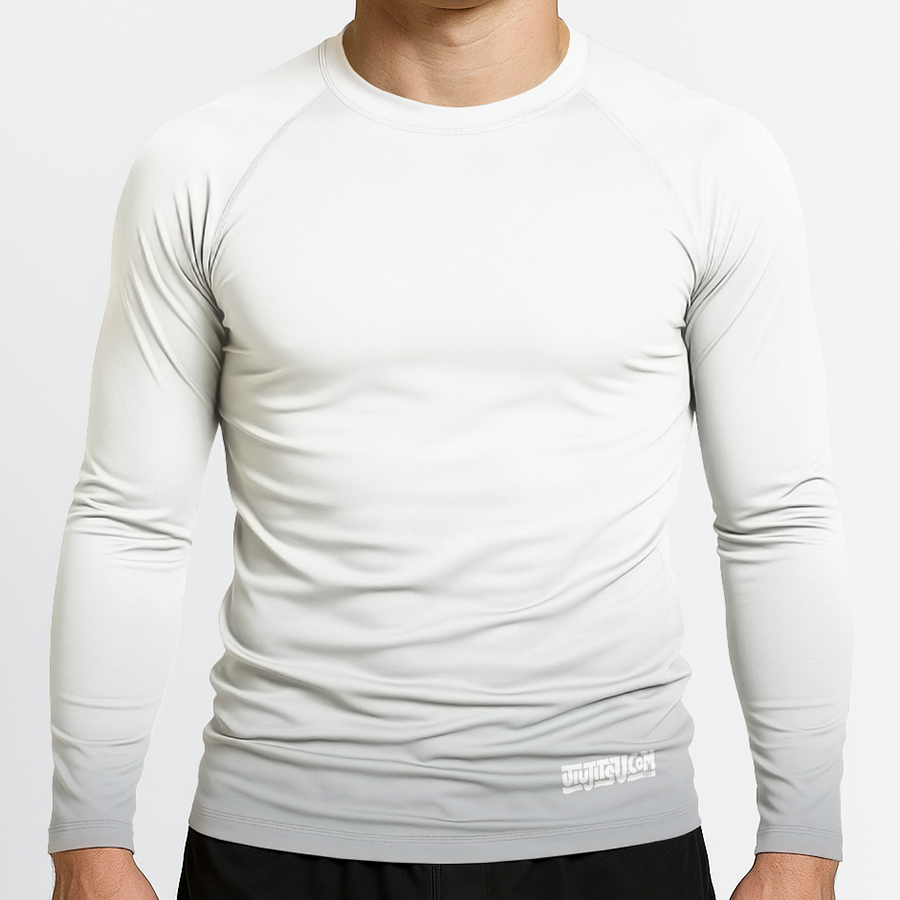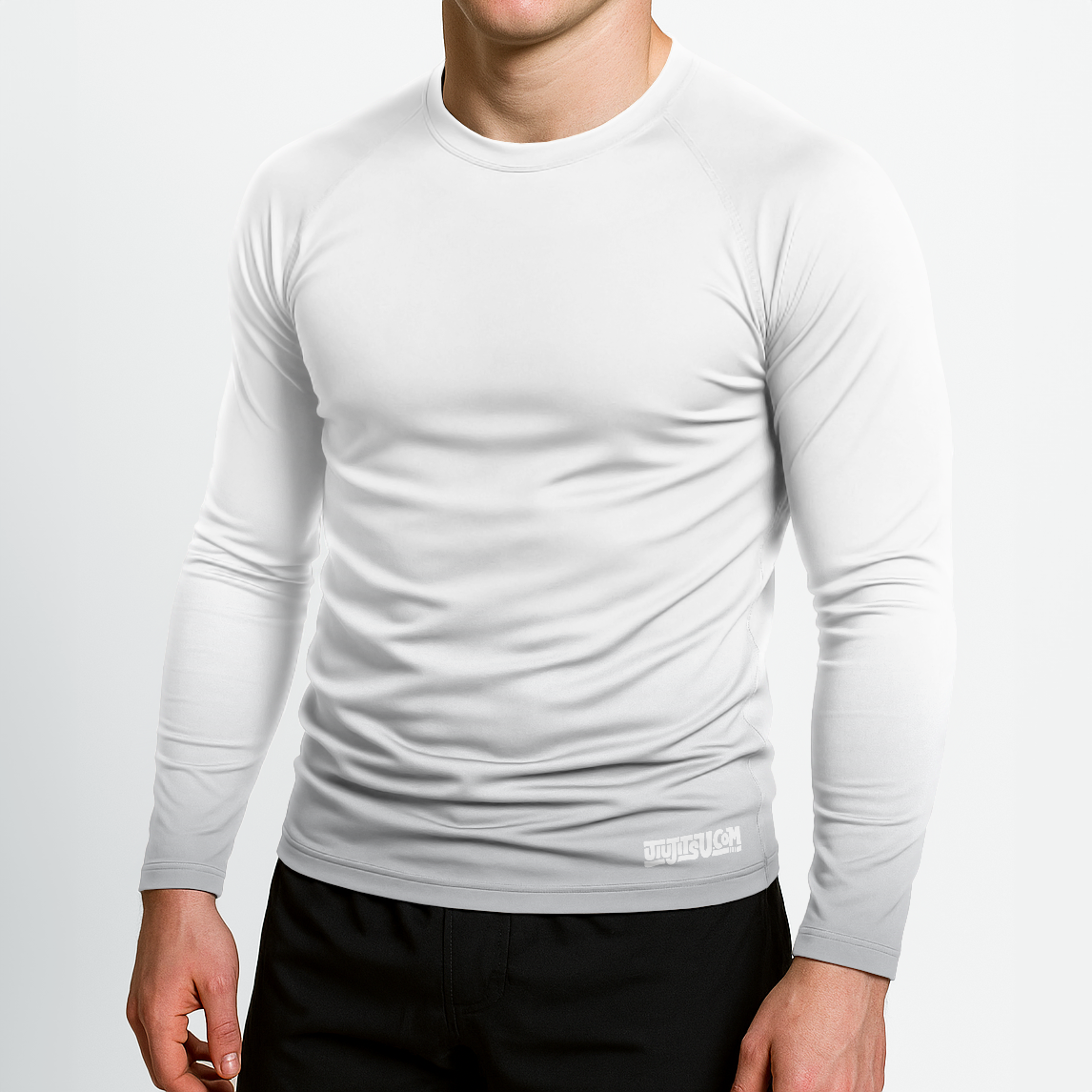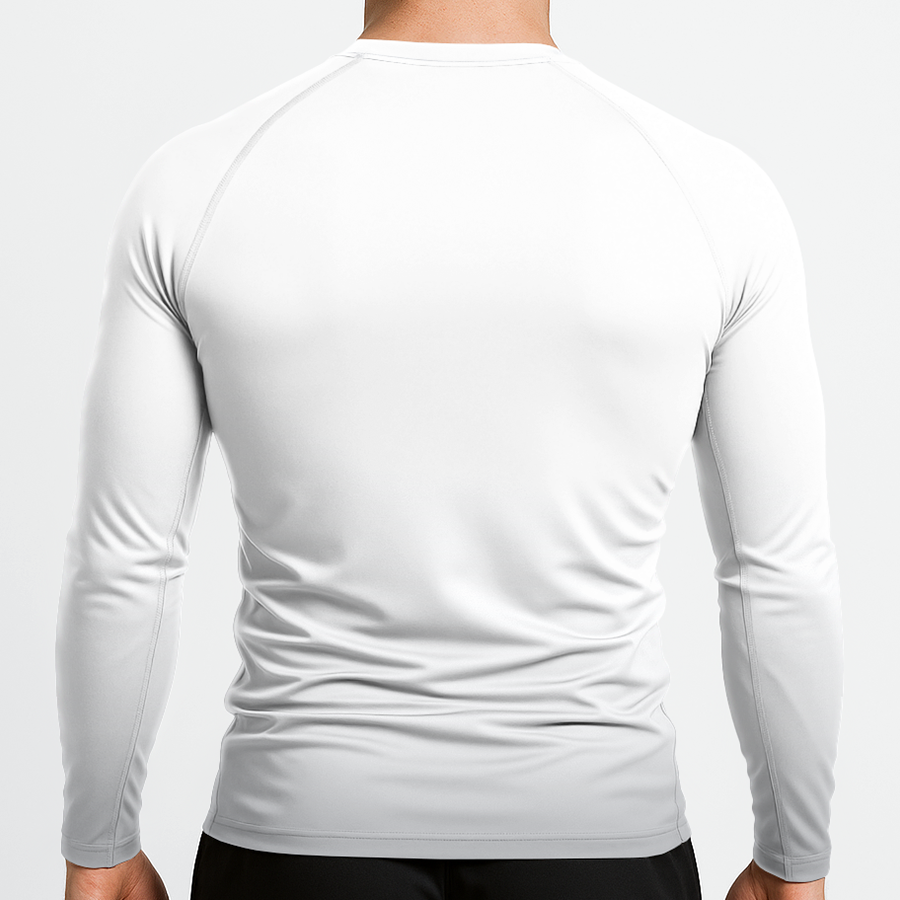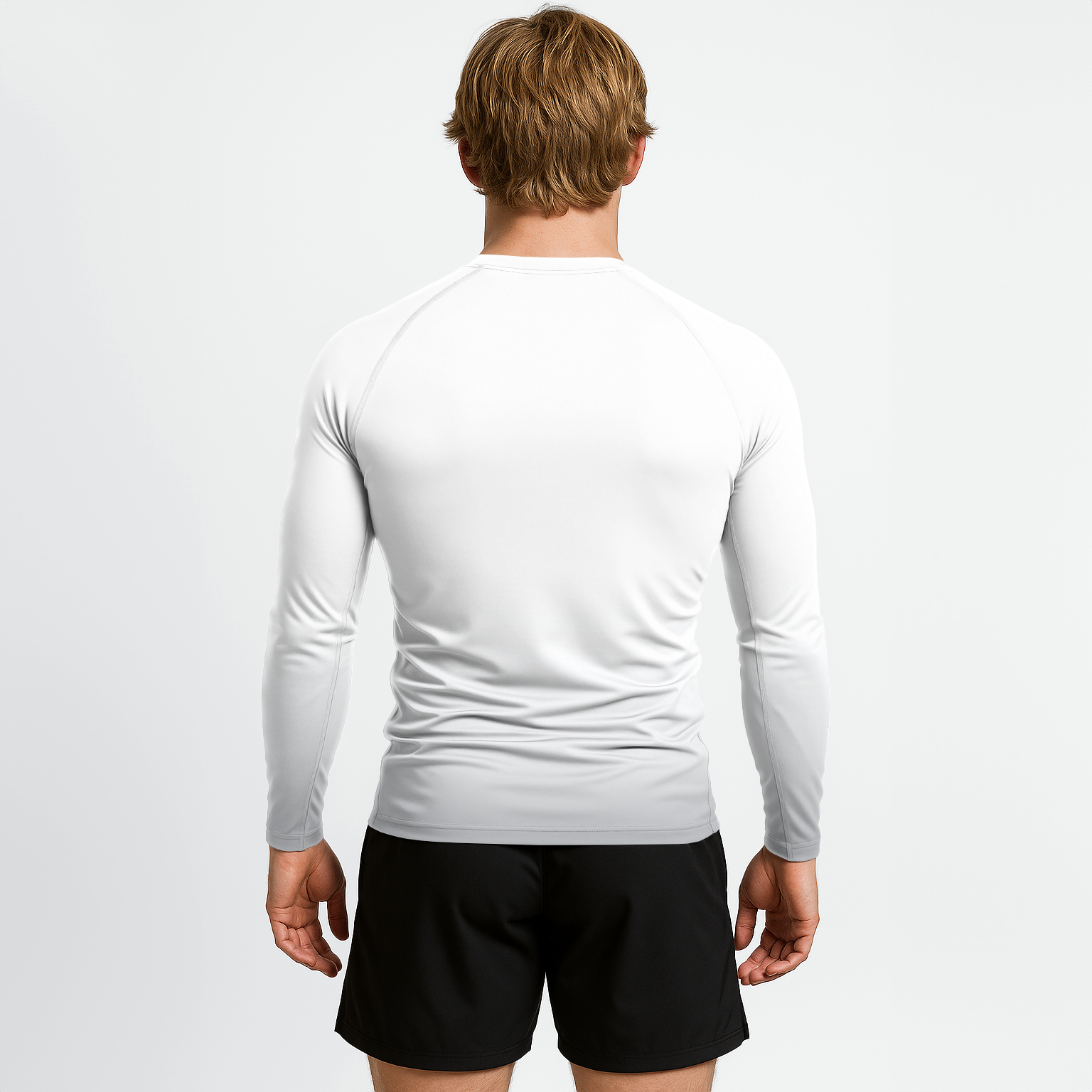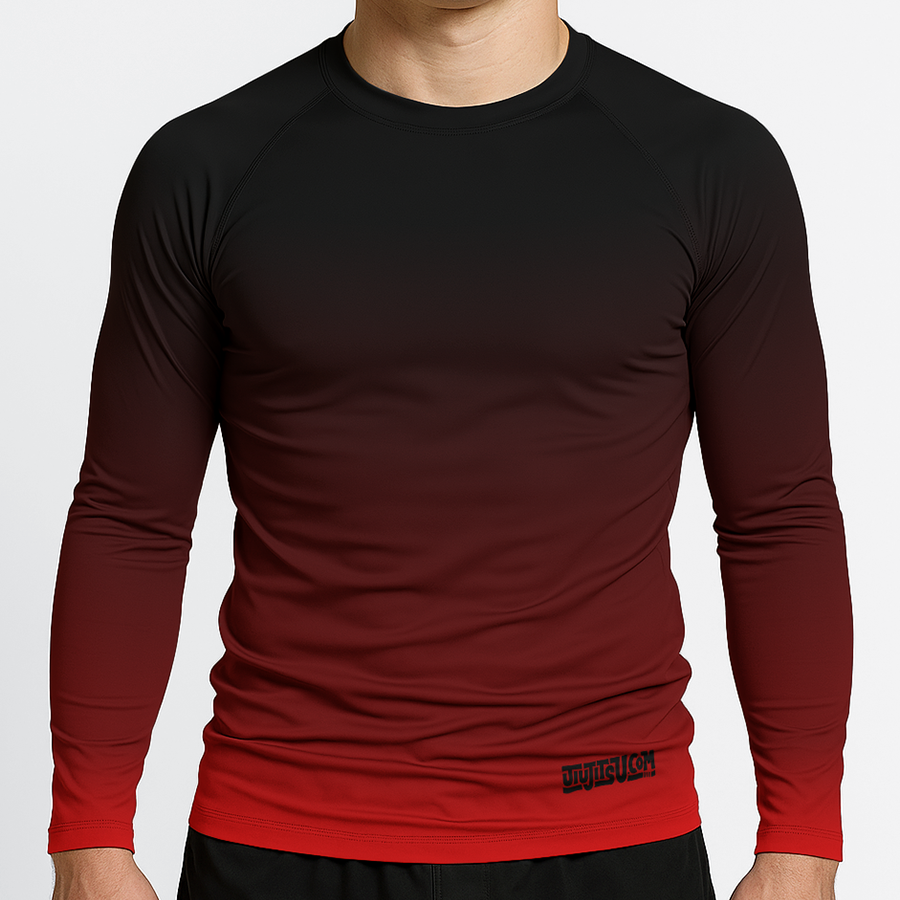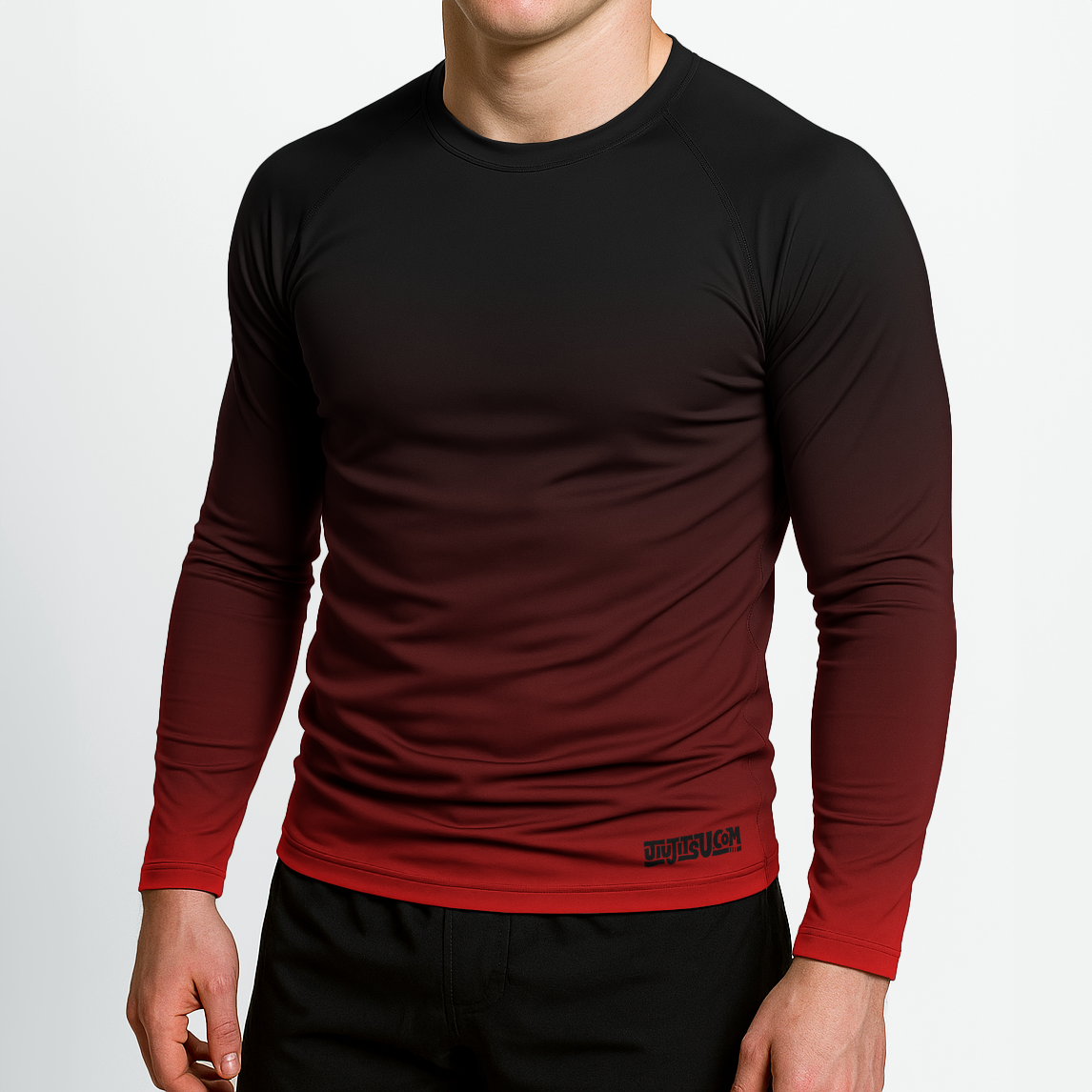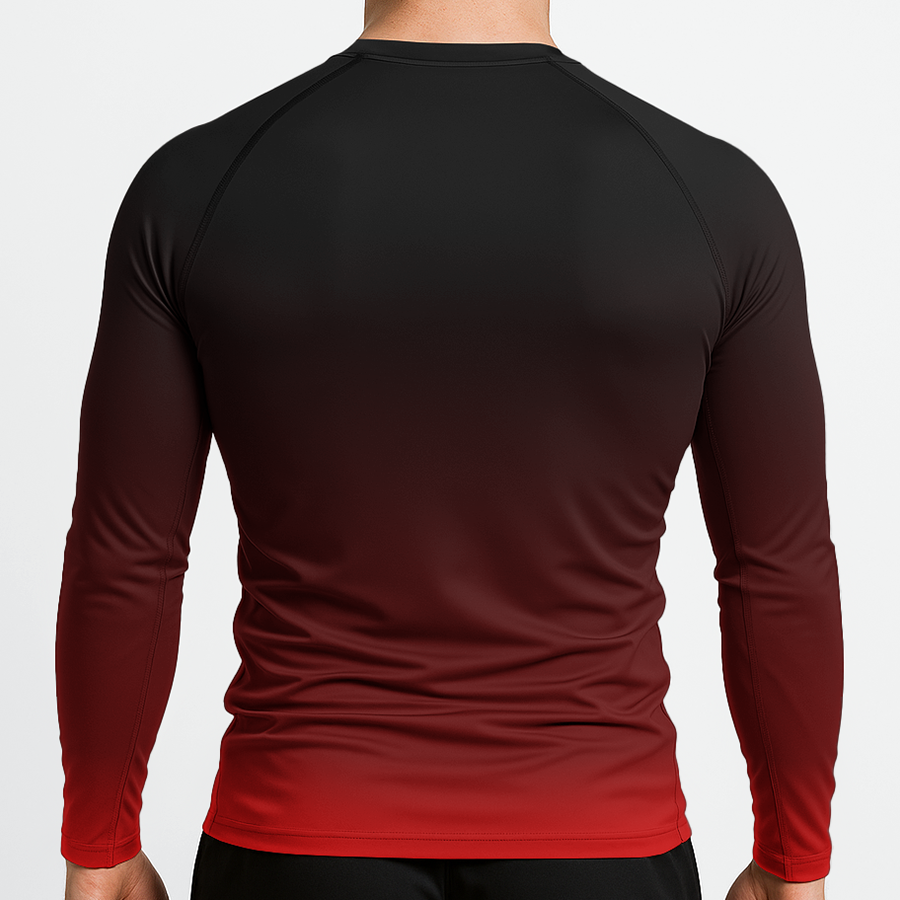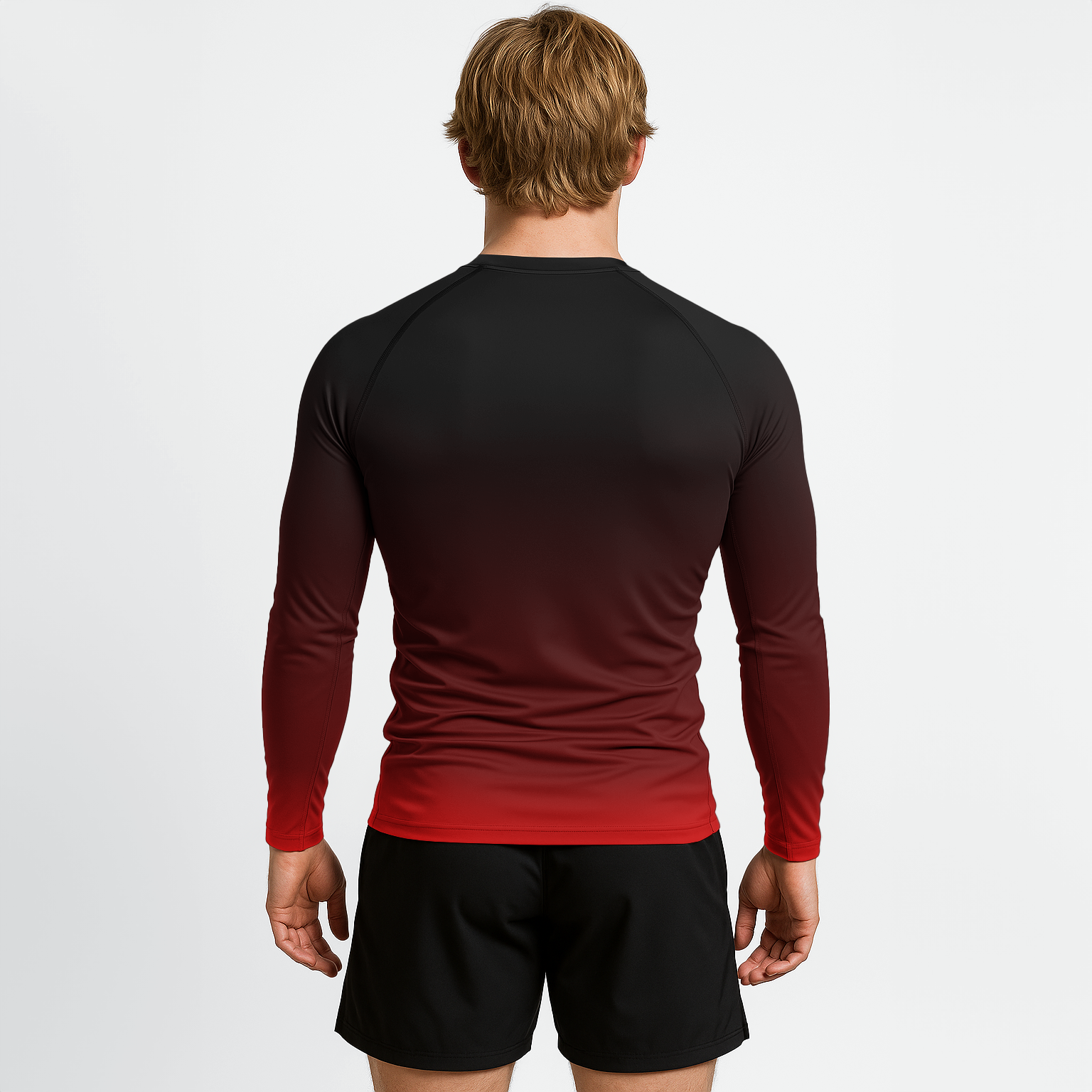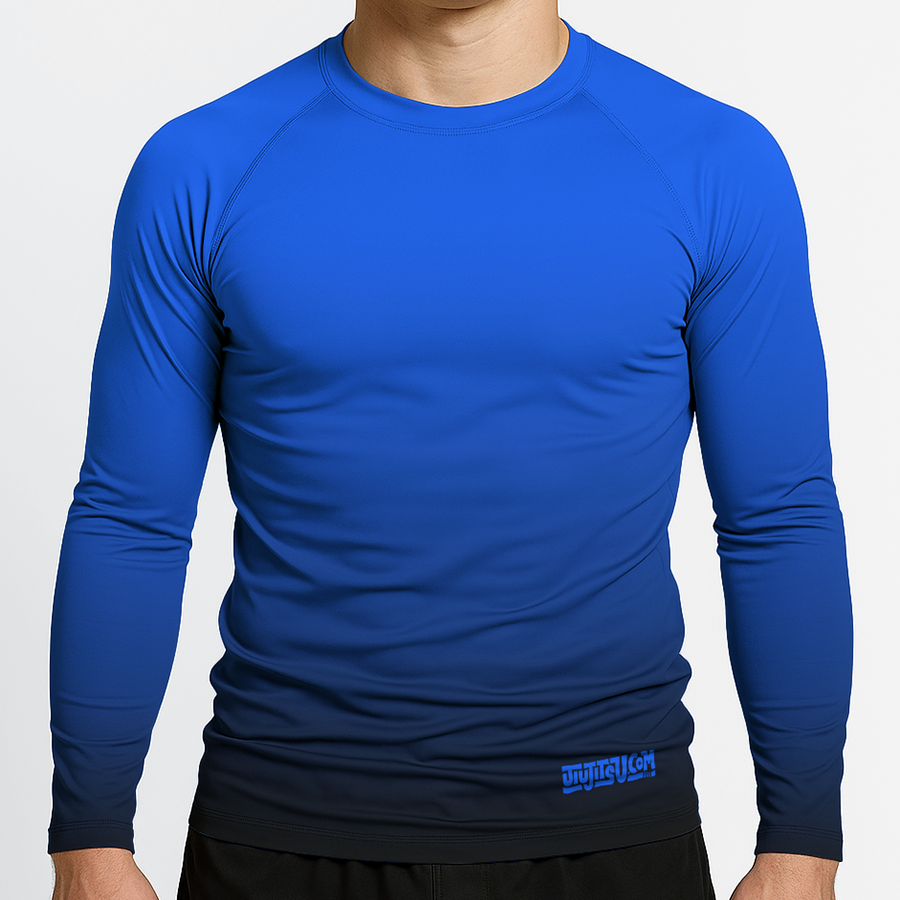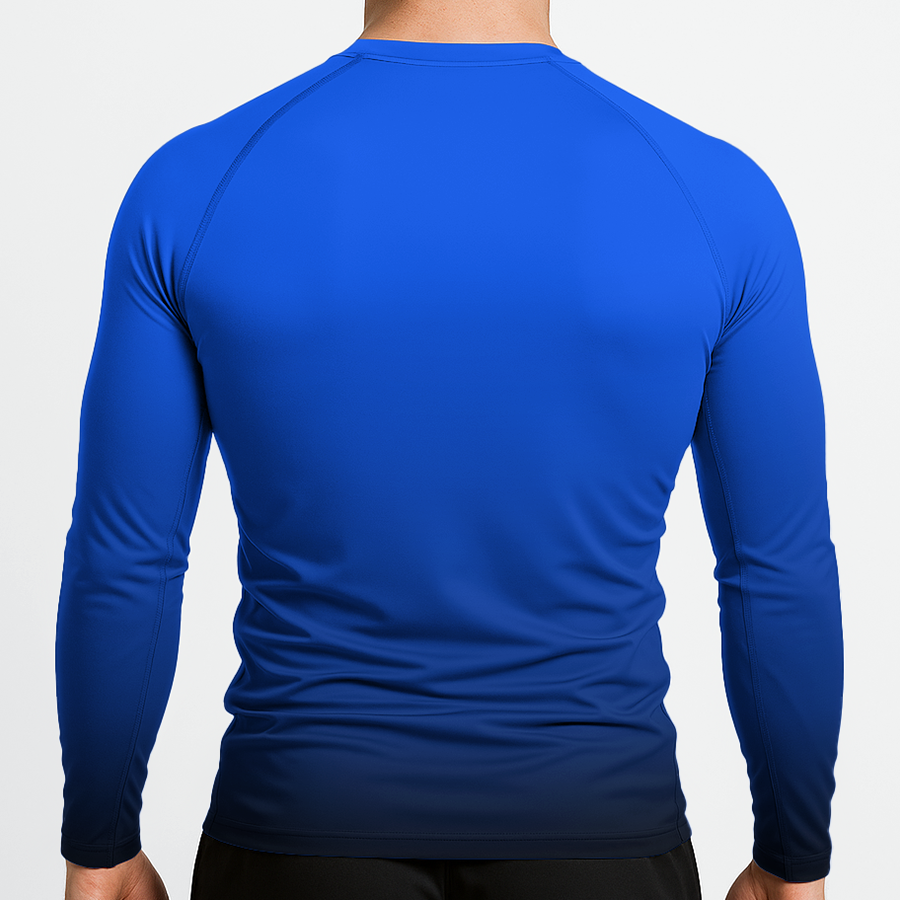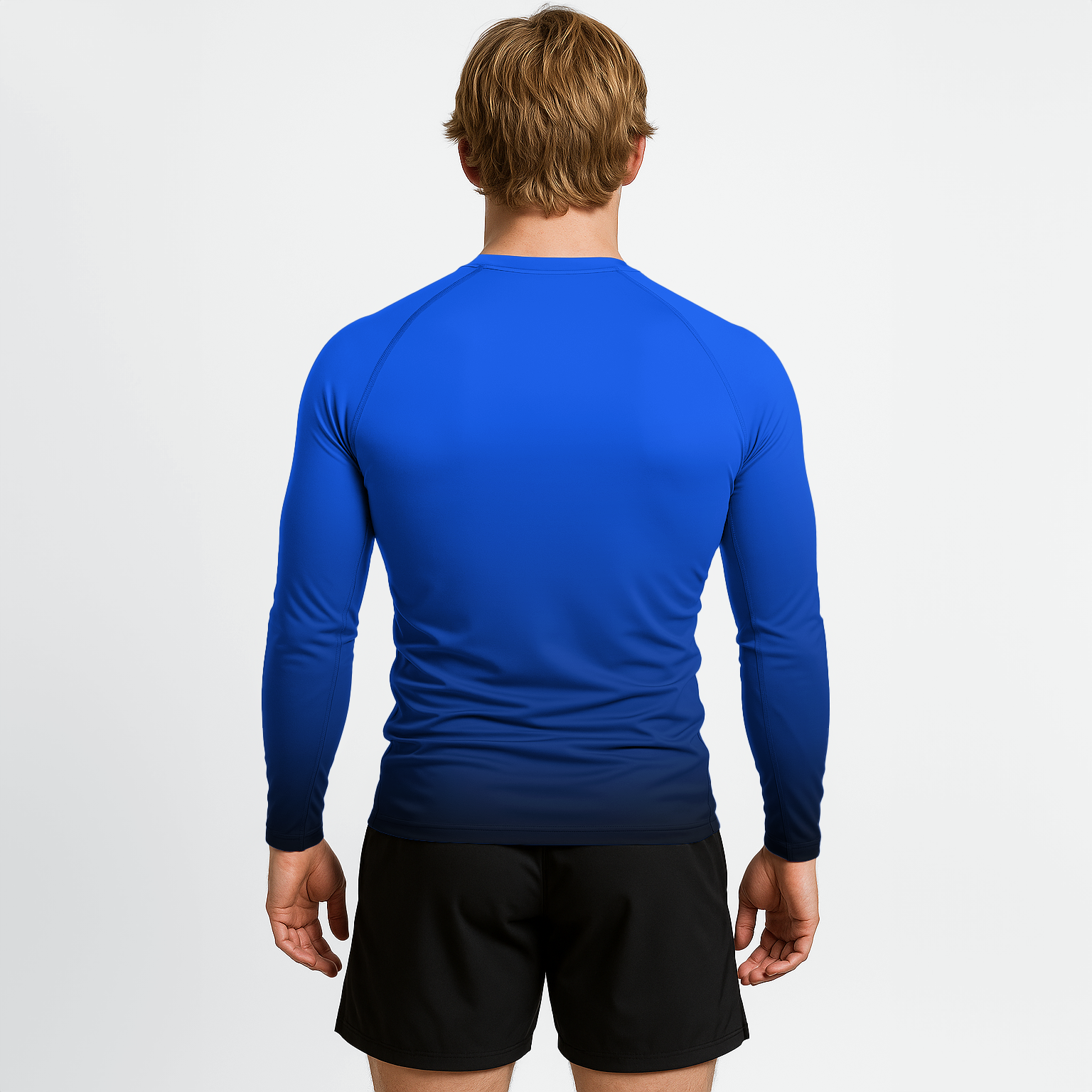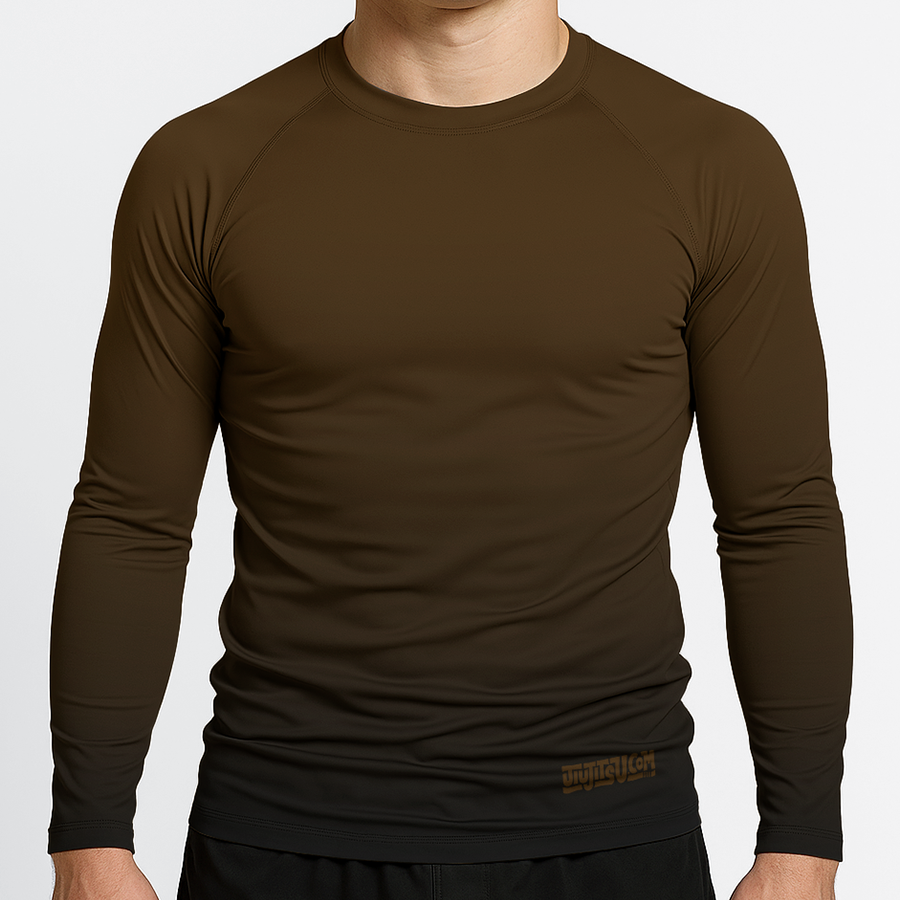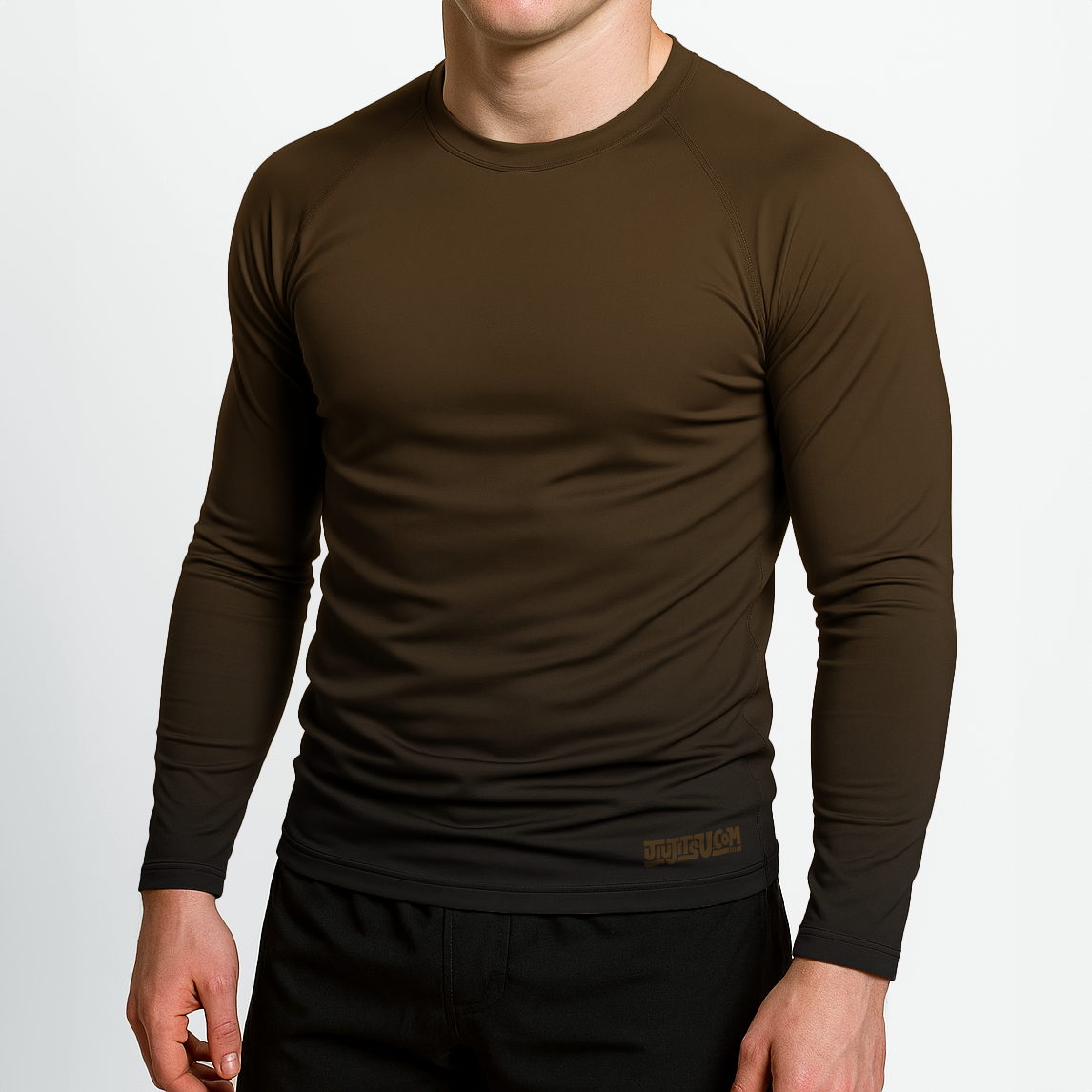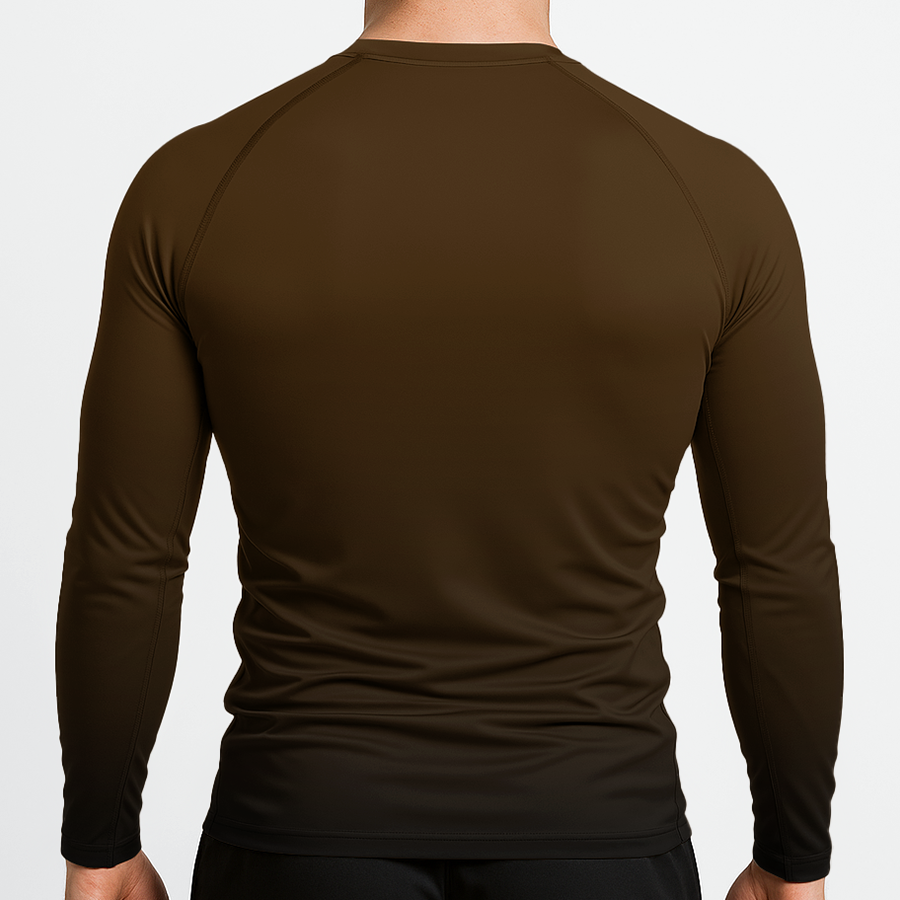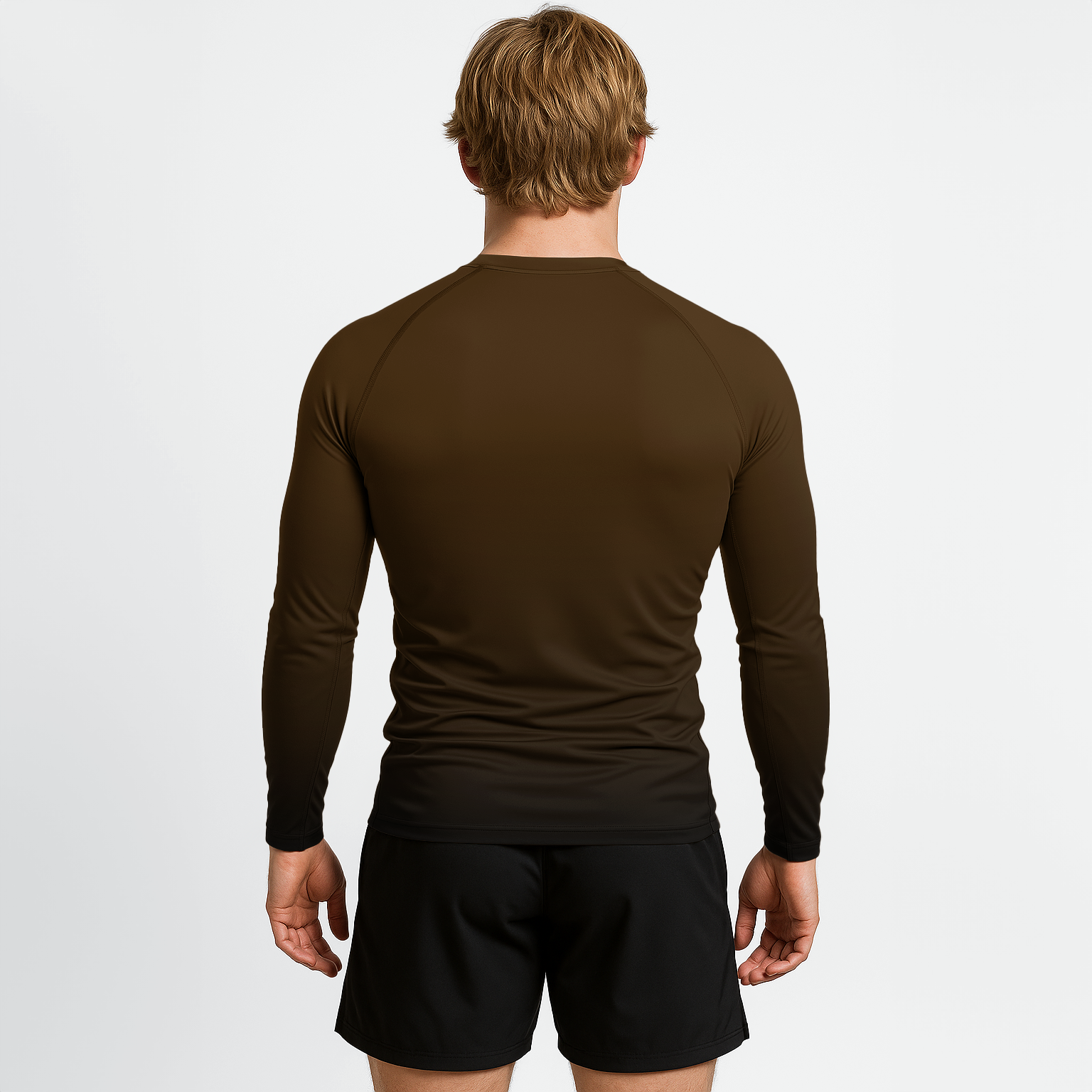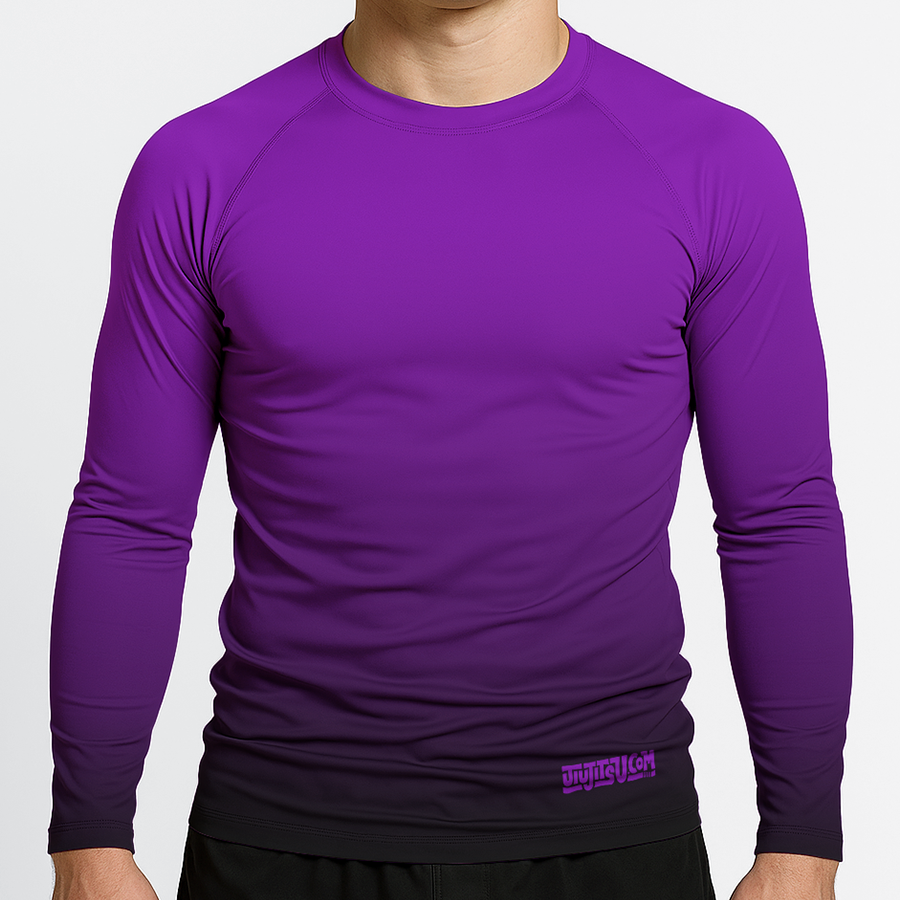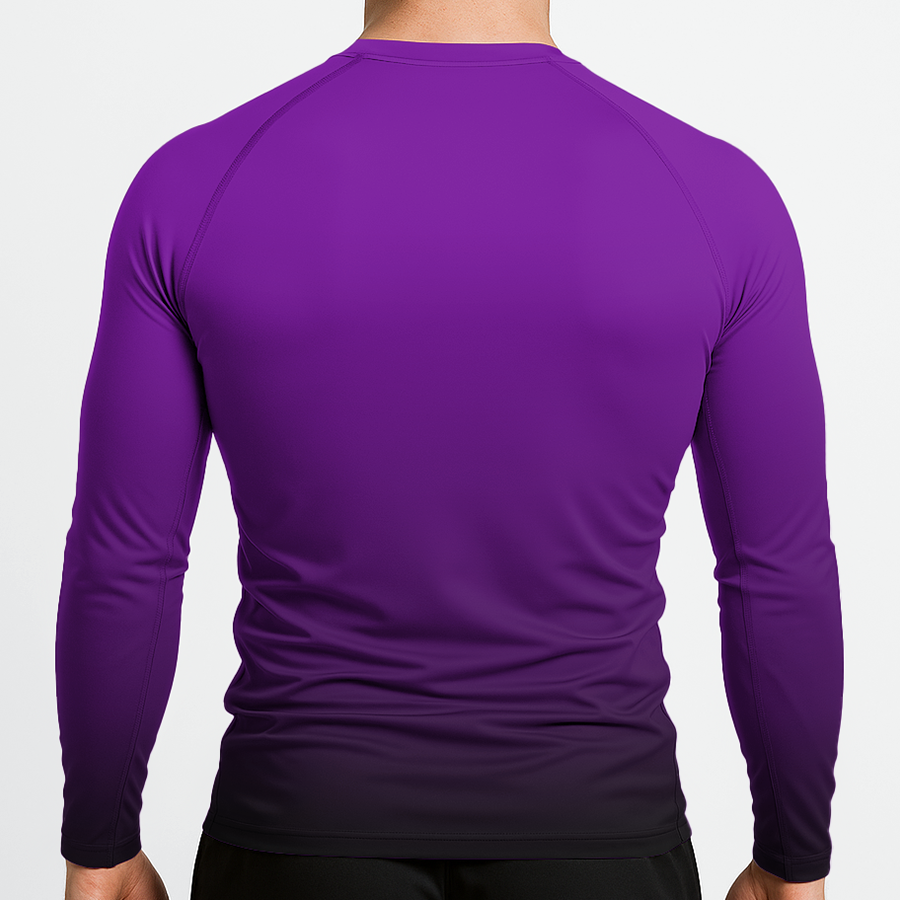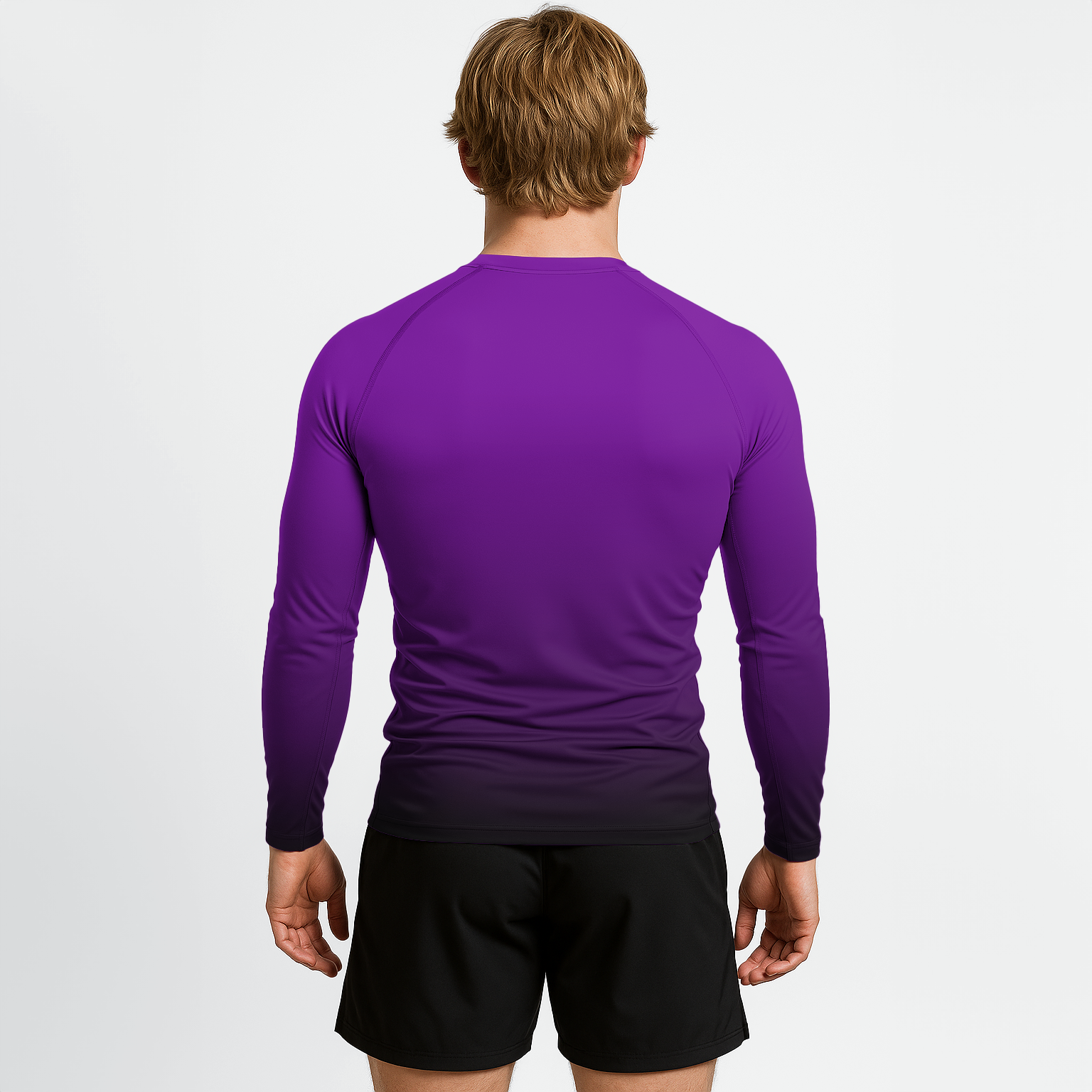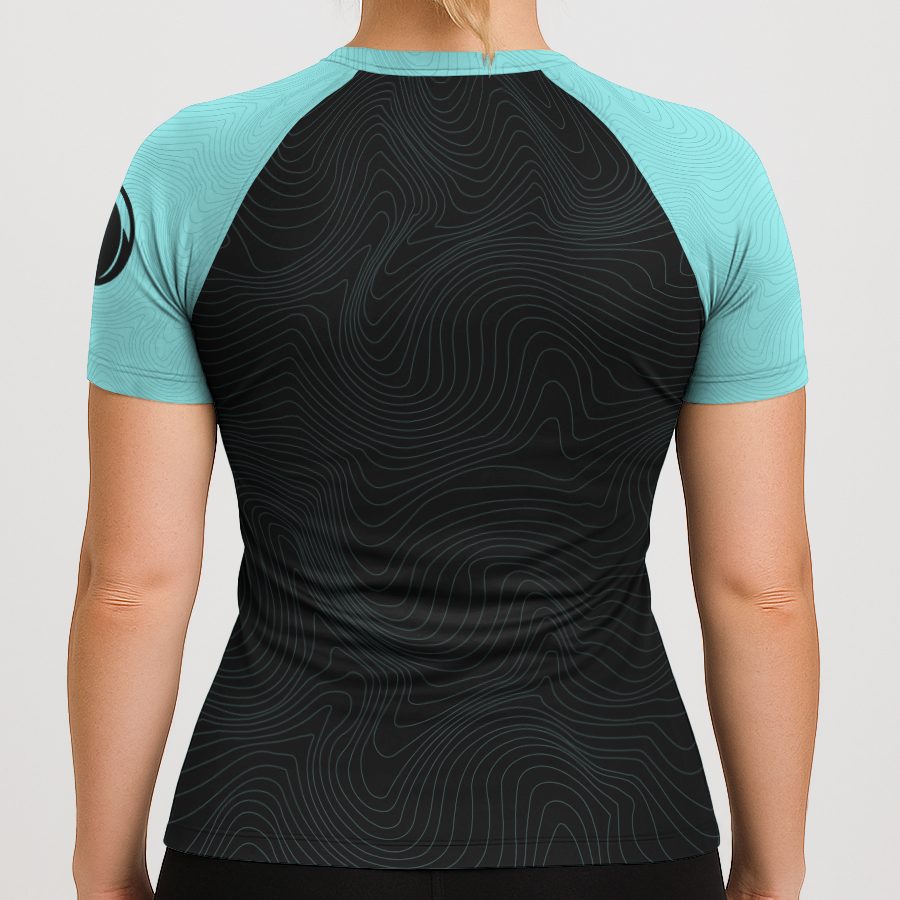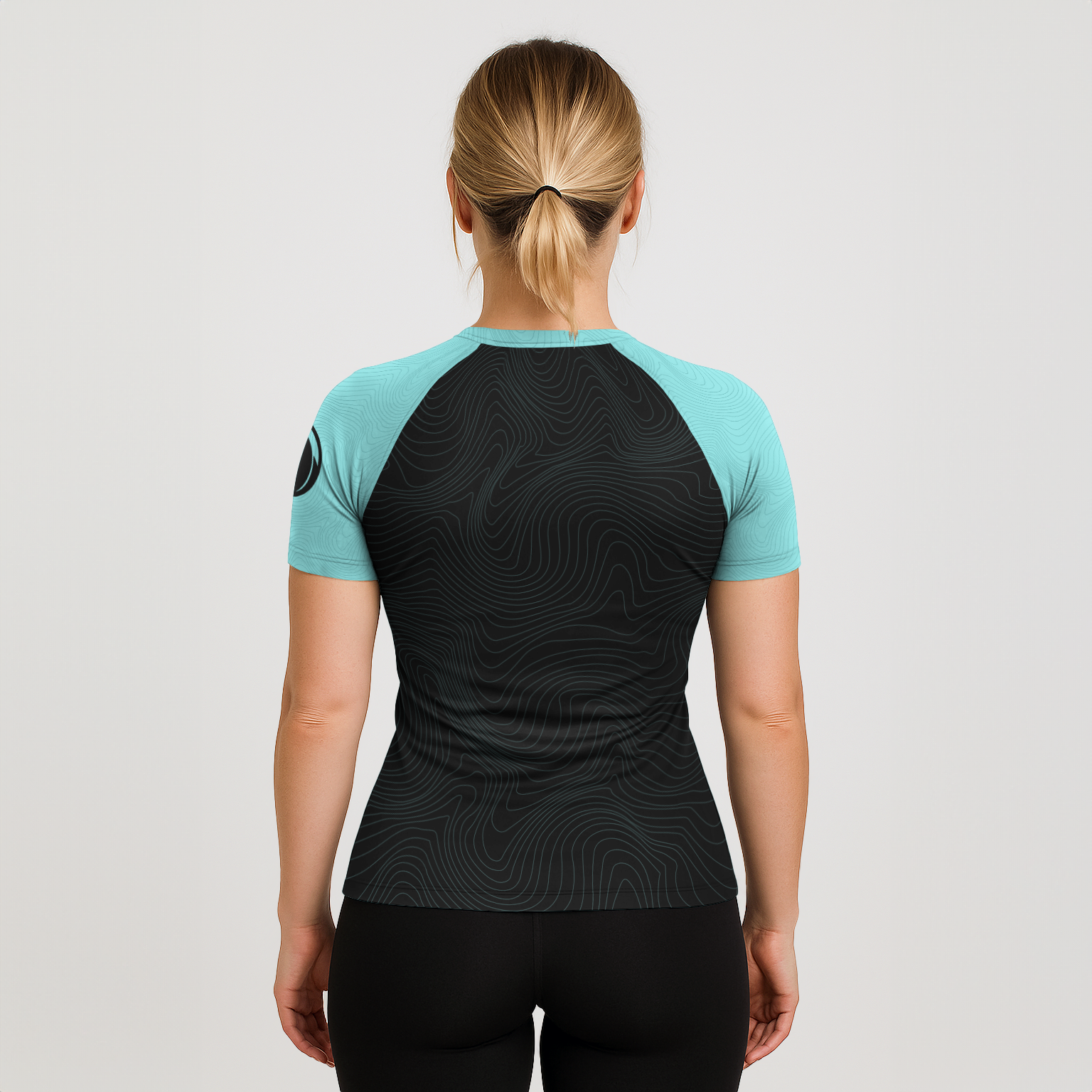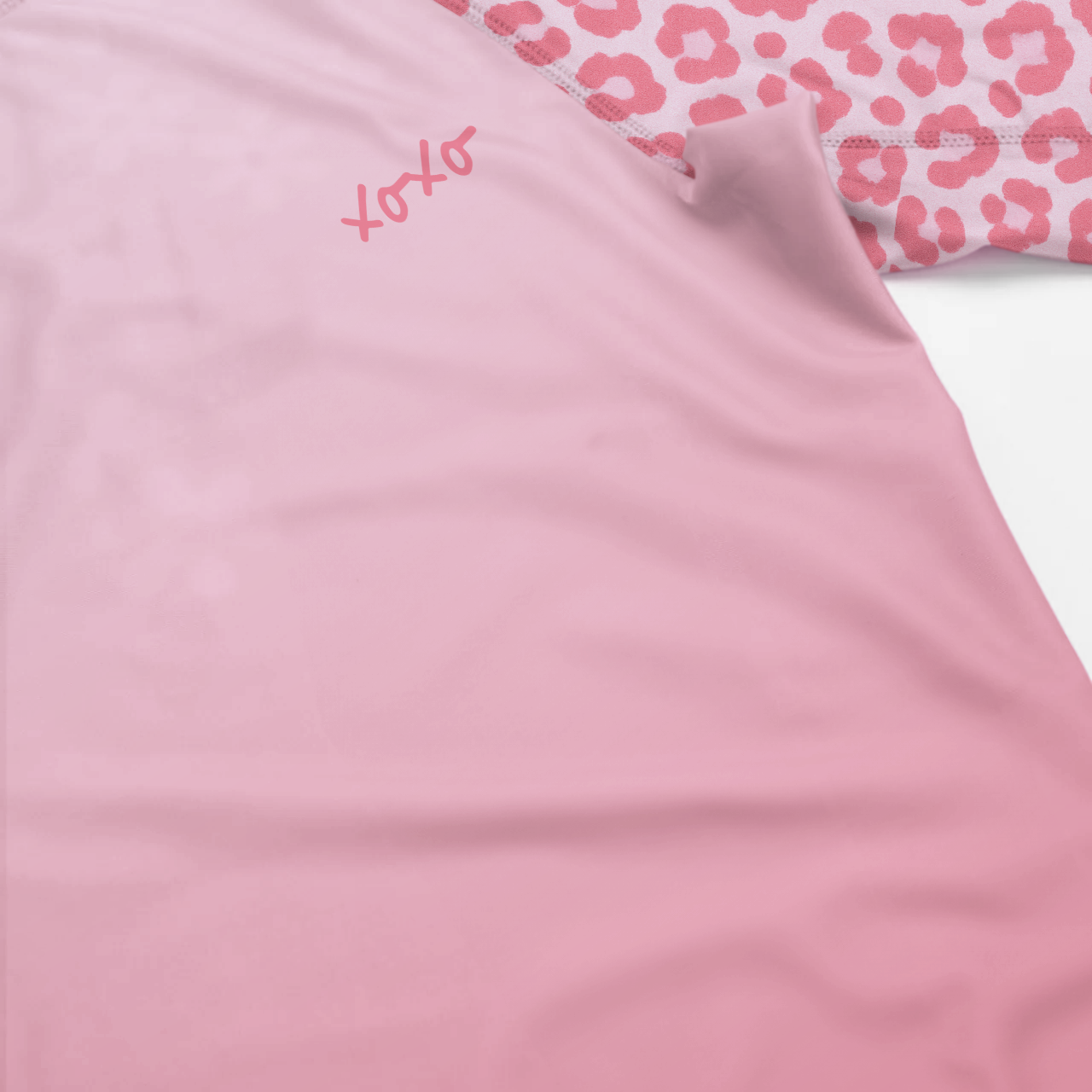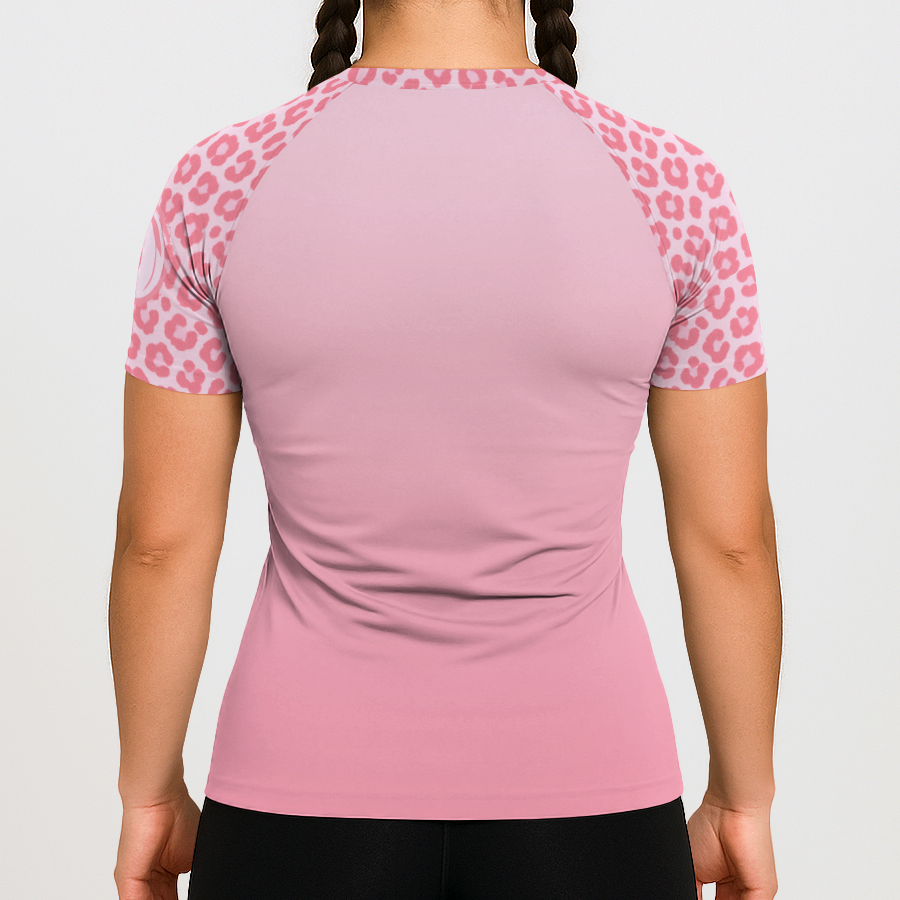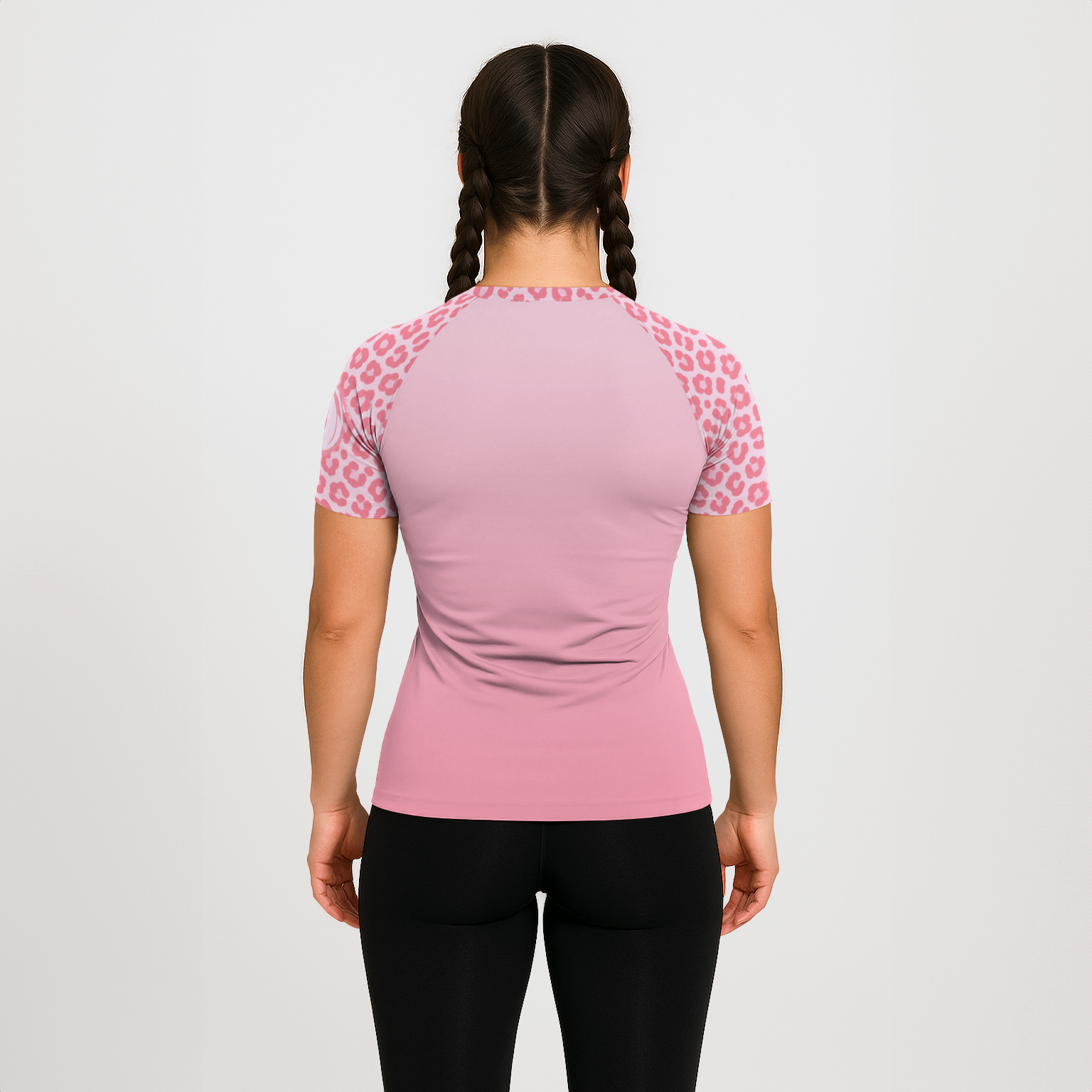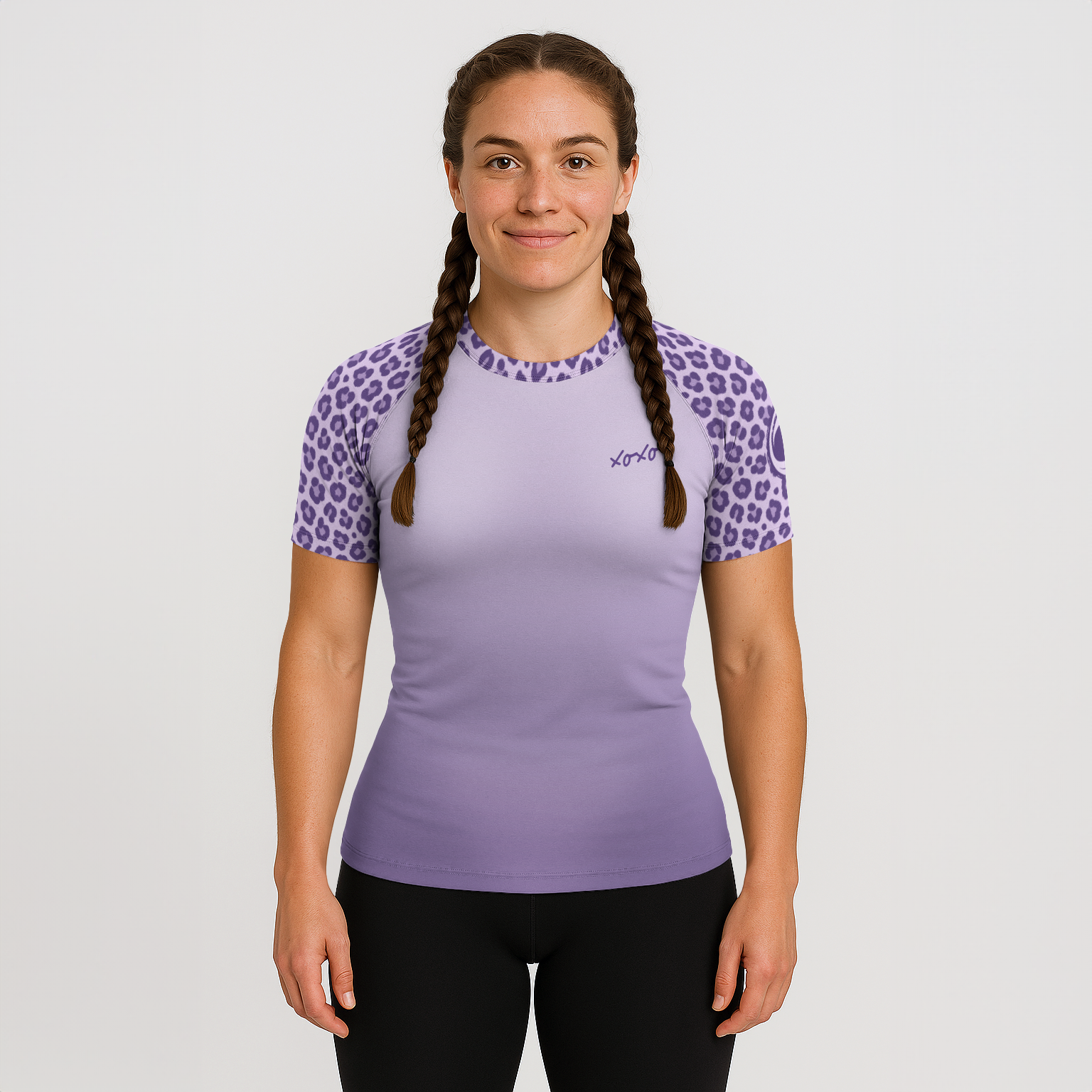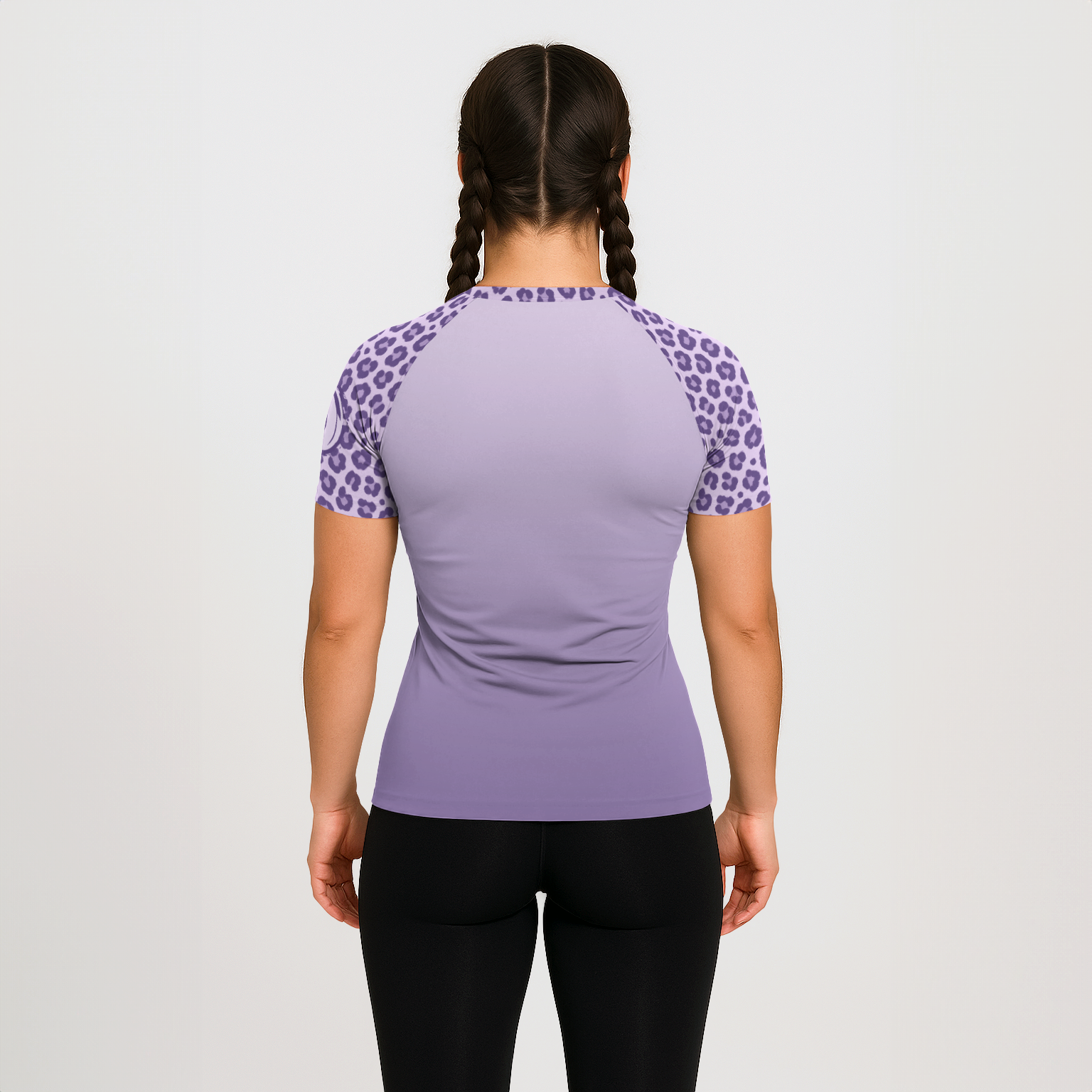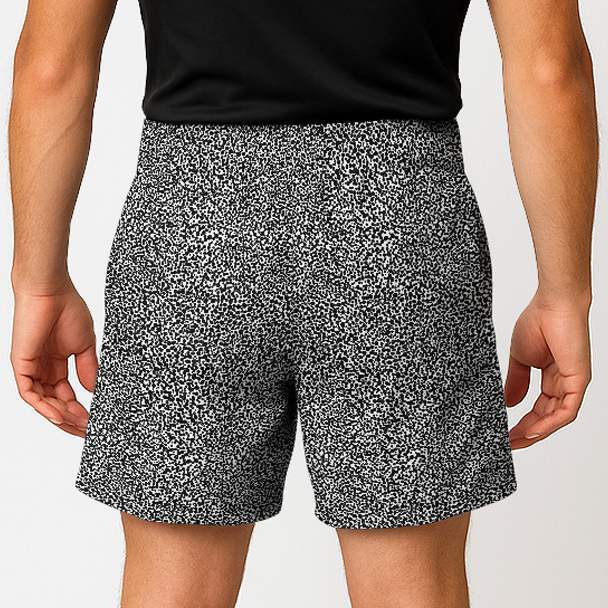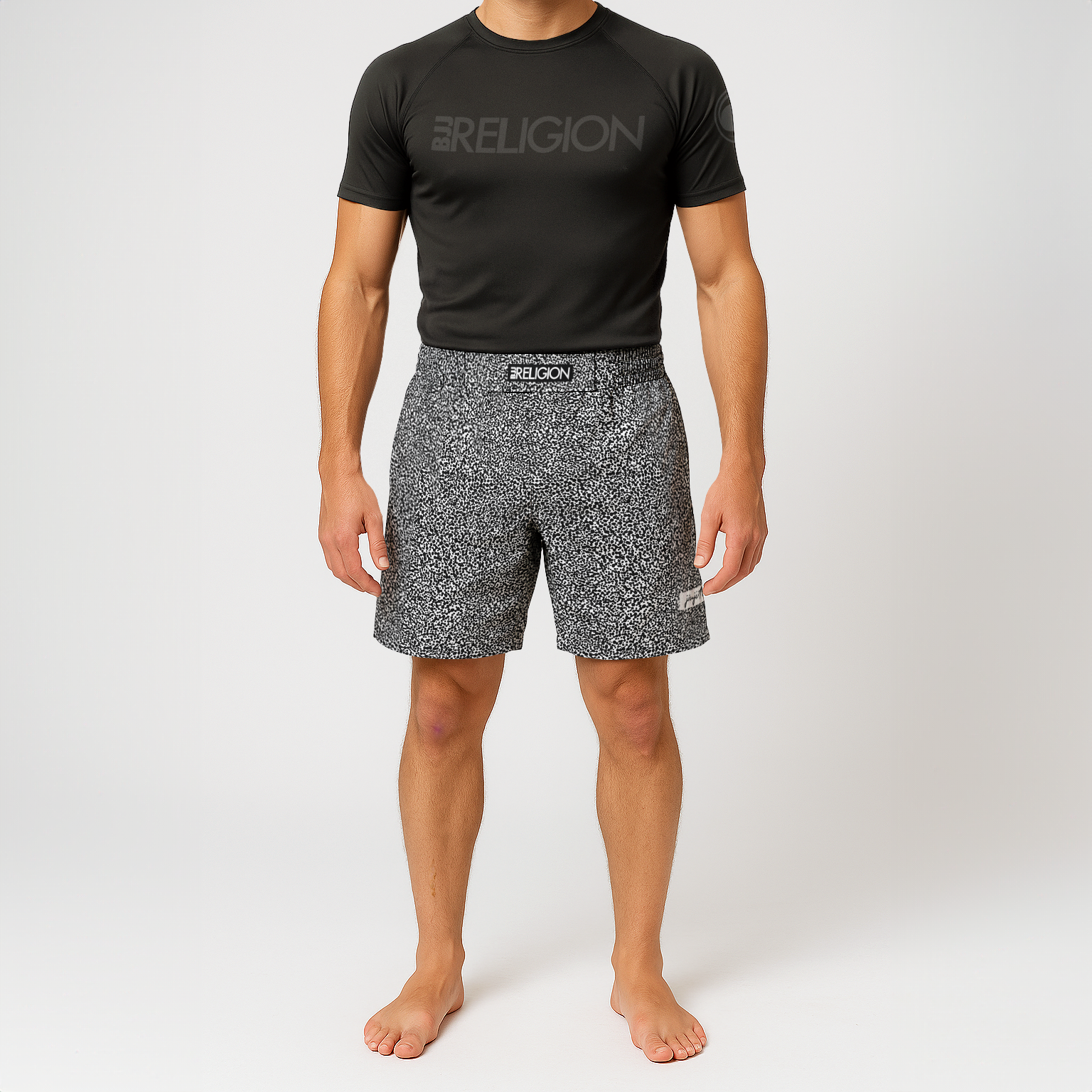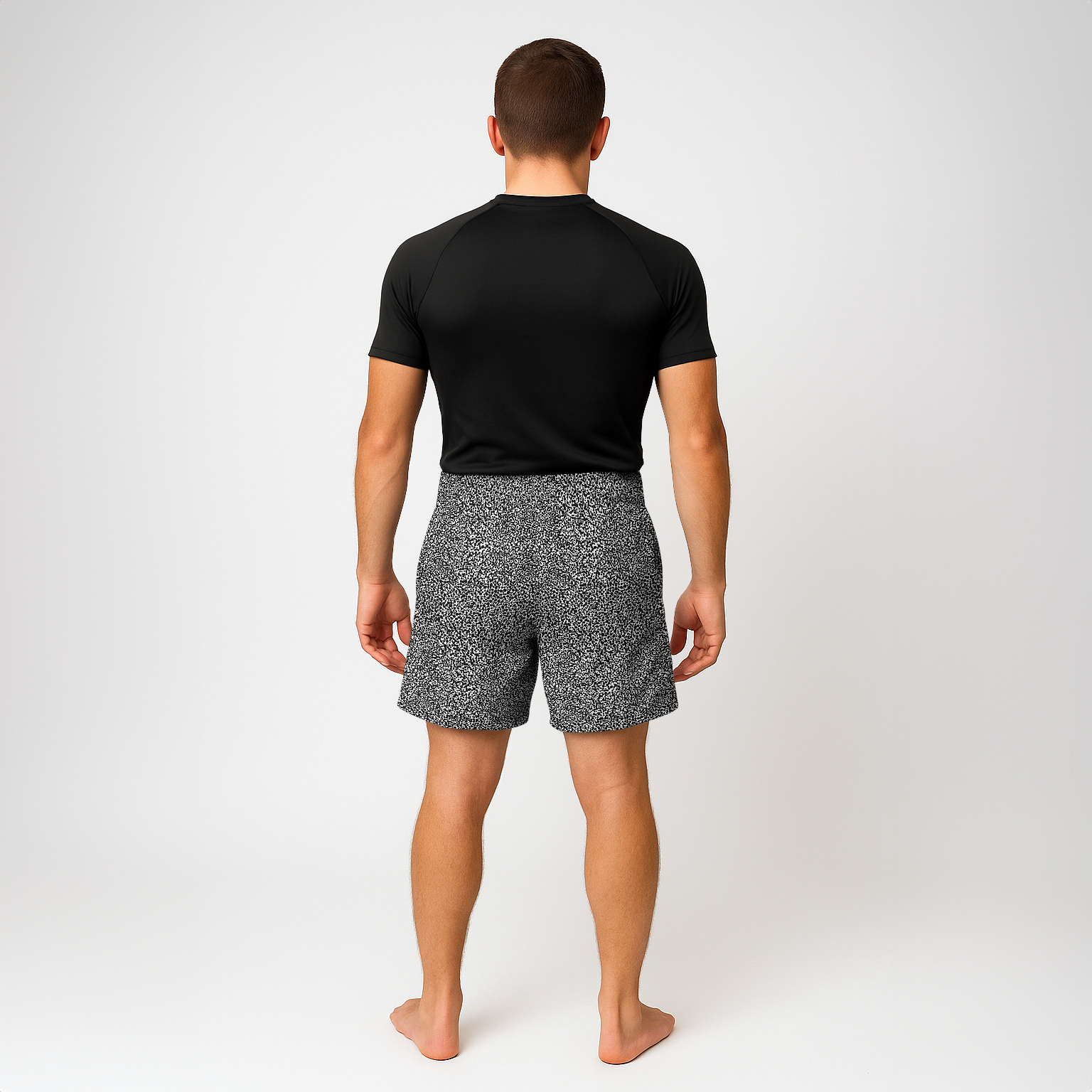7 BJJ Solo Drills You Can Do at Home
Although partner drilling and live rolling at your BJJ gym is a must for improving your Jiu Jitsu, do not underestimate the effectiveness of solo BJJ drills.
Whether you are too busy and cannot make your regular class time, are between gym memberships, or just want a little extra work, the following BJJ solo drills are an excellent way to get some ‘bonus mat time.’
You realistically only need about an 8×8 foot space to perform solo drills. Some mats or padding are ideal, but technically carpet or bare floor can work.
Many of the drills are similar or identical to the typical line drills performed at the beginning of a standard BJJ class. However, with limited space, you will perform the drills in place, reversing the movement with every repetition as opposed to making your way down the line.
As a plus, you will improve your mobility and movement without any additional bruises or tweaked joints. Do not worry though, those will be there when you return to class.
Without further ado, let’s break down these solo drills.
Front and backward rolls
Front and backward rolls are a staple of grappling martial arts as well as general movement. When performing these drills in a small area, you will perform a forward roll followed by a backward roll.
Start from your knees and roll over your right shoulder to a seated position. From there, reverse the movement by rolling backwards over your right shoulder, returning to your knees.
Even it out by rolling forward and backward over your left shoulder. Continue alternating front and back rolls on each side for the target number of repetitions.
Upa bridge
The upa is the classic BJJ bridge technique used to create space and off-balance an opponent who is on top of you.
Begin by lying on your back. Pull both feet in towards your hips and keep both feet flat on the ground. Explosively drive through the floor to raise your hips off the ground as you rotate your torso towards your right side and bridge up onto your right shoulder.
As you do this, straighten your left arm and reach diagonally across your right shoulder as if you are bumping your opponent’s armpit with your bicep. Make sure you fully extend your feet to come all the way on your toes for maximum bridge height and force.
You can return to the start position or roll all the way over to your knees for a base switch. Visualize bumping your opponent off you and coming up to their closed guard for the classic bridge and roll mount escape.
Repeat both variations alternating side for the target repetitions.
Stationary Shrimps / Hip Escapes
The shrimp or ‘hip escape’ is a foundational movement in BJJ. To shrimp in place, begin on your back and turn onto your left hip with your right foot planted on the floor. Lift your hips by pushing down through your right foot into the floor, then push away with your right foot to drive your hips backward.
Instead of switching to your right hip and reloading your shrimp with the left foot, reverse the movement by pushing back into the floor with your now-extended right foot and pulling your hips back toward you right heel.
You should end up in the exact same spot you started.
Now you can switch the right hip and left foot down and perform the movement on the opposite side.
Repeat for the target repetitions.
Technical stand ups
The technical standup is a key skill for grappling and self-defense. The goal is to return to your feet safely and reliably from a seated position while protecting your face from strikes.
To perform a technical standup, begin in a seated position.
Place your right hand and left foot firmly on the ground while bringing your left hand in front of your face for protection. Lift your hips by putting weight in your right hand and left foot.
Once your hips are elevated, thread your right leg underneath you and put your right foot on the ground.
At this point, you should be able to stand all the way up to a combat stance.
Shrimp to turtle
Shrimping to turtle is an excellent drill for practicing switching your base. To perform the drill, to a shrimp from your left hip as described in the previous drill.
Then, instead of reversing the movement, re-cock your right leg and thread your left leg through the gap under you right knee-pit to come to your knees. Reverse the movement and repeat on both sides for the target repetitions.
Wrestlers’ sit outs
The wrestler sit out is another classic base switching move that’s used to take your opponent’s back when they sprawl on you. It can also be used to initiate scrambles from a variety of front head lock or rear body lock scenarios.
To perform a sit out, start in a hands and knees referee position. Post your right leg up and explosively drive your left knee under your body with the side of your left hip pointing towards the ground.
You can reverse the movement from here or plant your left foot and spin back around to the referee position as if you ducked under your opponent then spun to their back.
Repeat on both sides for the target repetitions.
Granby rolls
The Granby roll is a way to invert your base that opens many opportunities for escapes and guard recovery. It is also a required movement for many great techniques such as kiss-of-the-dragon and the berimbolo.
To perform a Granby roll, begin in a seated position. Roll directly to your side until you are upside down. You should be rolling across your upper traps near your neck as opposed to rolling over onto your back. If you end up facing the same direction when you come up, you most likely performed the movement correctly.
Ideally, you should be able to touch your toes on the mat from the inverted position, but this requires a bit of flexibility, so do not worry if you don’t get it right away.
Once you roll all the way back to a seated position, perform another Granby roll in the opposite direction to return to the start position.
Sprawls
Sprawls are key wrestling defense to double leg takedowns.
The key for a good sprawl is having the tops of your feet or insteps flat against the floor to rob your opponent’s ability to drive against your hips and get deeper.
Aggressively driving your hips down and arching your back is also key for a good sprawl.
Begin in a standing wrestler stance position with lowered base and right foot forwards. Explosively drop your hips to the floor and kick your right leg backwards as if pulling it away from your opponent. Drop your hips all the way to the floor.
Do not perform a pushup – these are sprawls not burpees!
Perform sprawls alternative both right and left foot forward for the target repetitions.
Home solo drilling routine
To string these drills together into a 20-to-30-minute session, simply go through each drill performing 10 repetitions on each side.
You can increase the repetitions as you build fluidity and efficiency into the movement. Perform this series as often as you like. It’s fairly low impact so it should be fine to do even on training days.
To maximize the drills, visualize an opponent as you perform the drills and imagine you are using these movements in a live scenario. You can increase the speed as long as the movement stays fluid.
This solo drill routine is not a replacement for live training but will drastically improve your movement in BJJ when performed consistently alongside your regular training.
Happy drilling!









